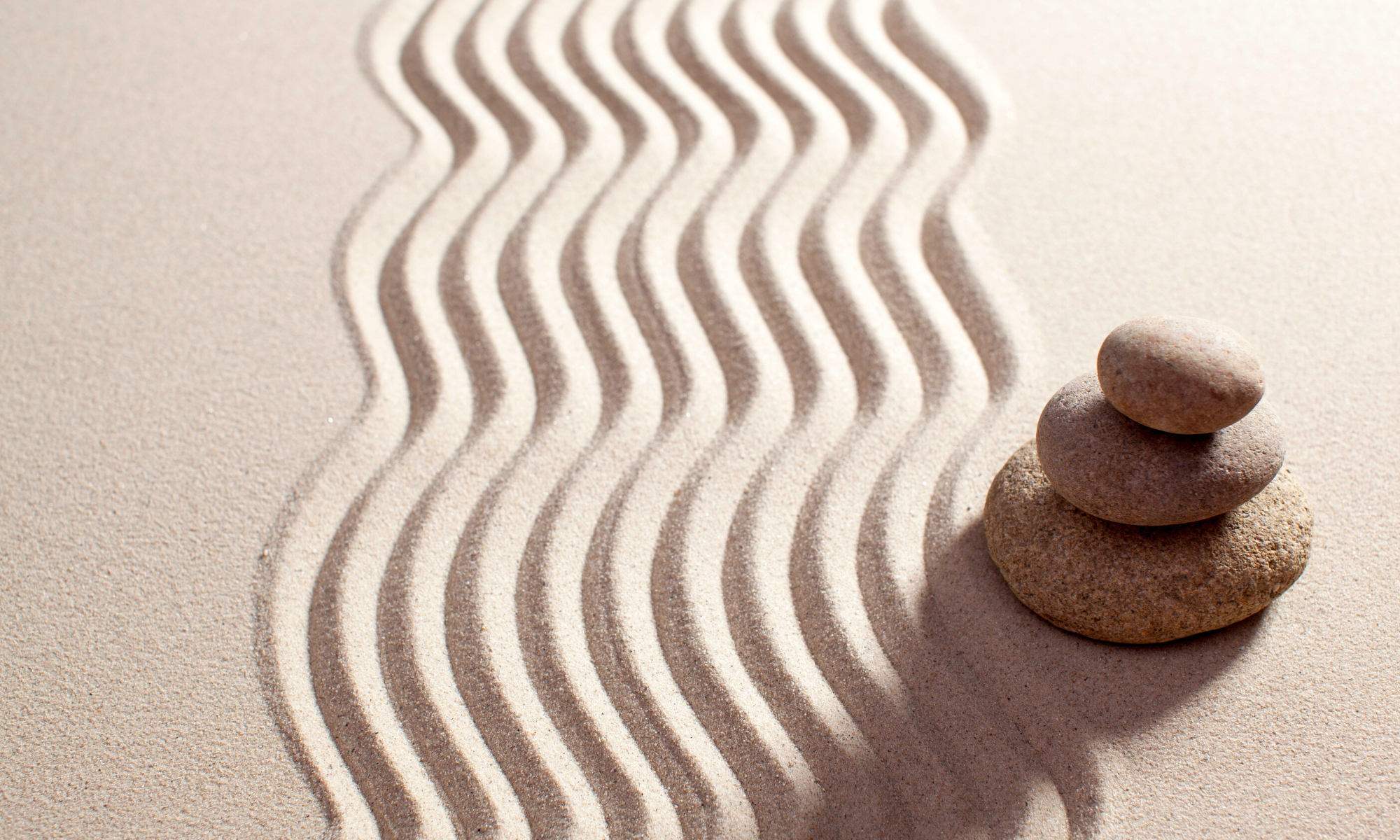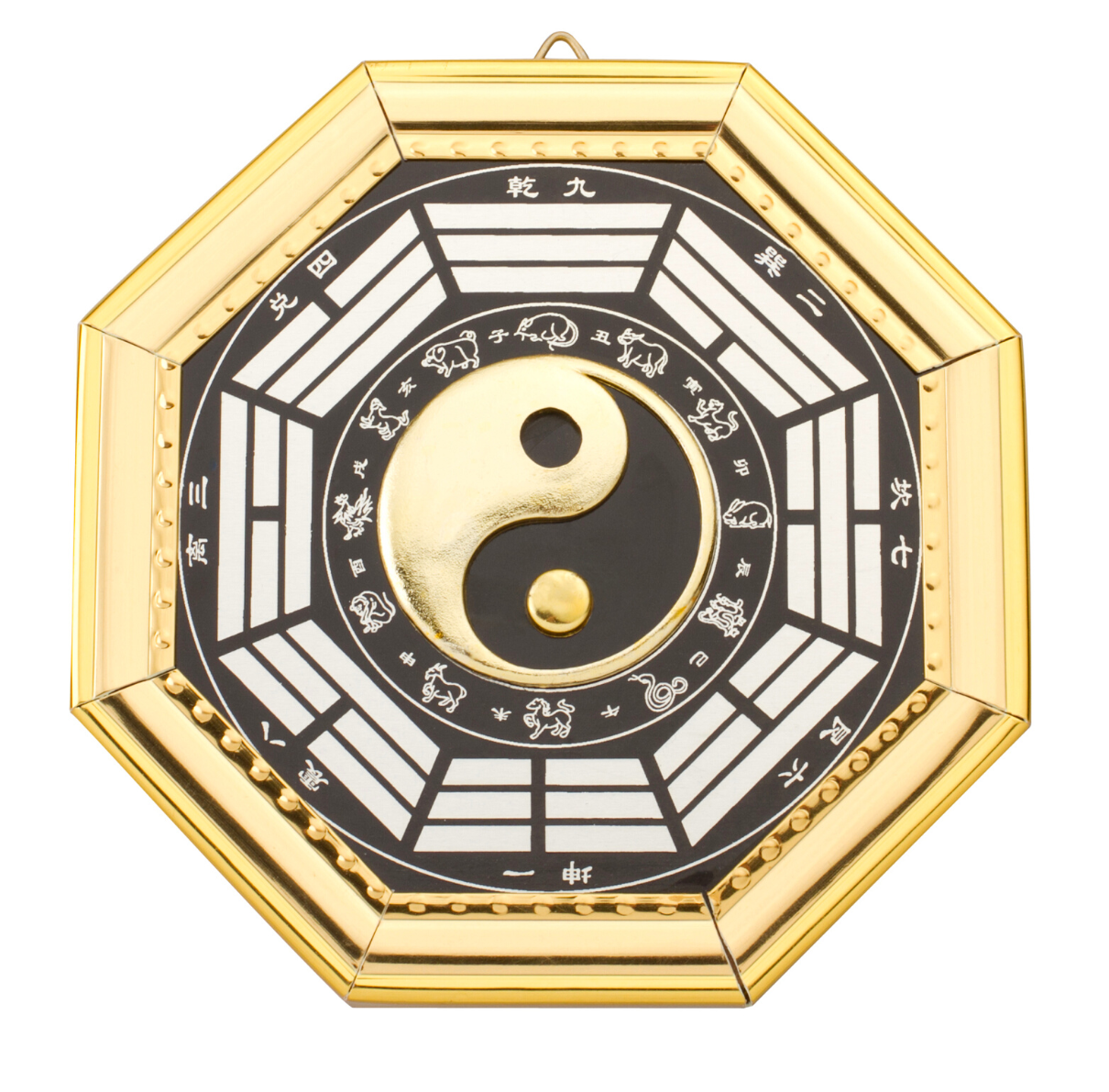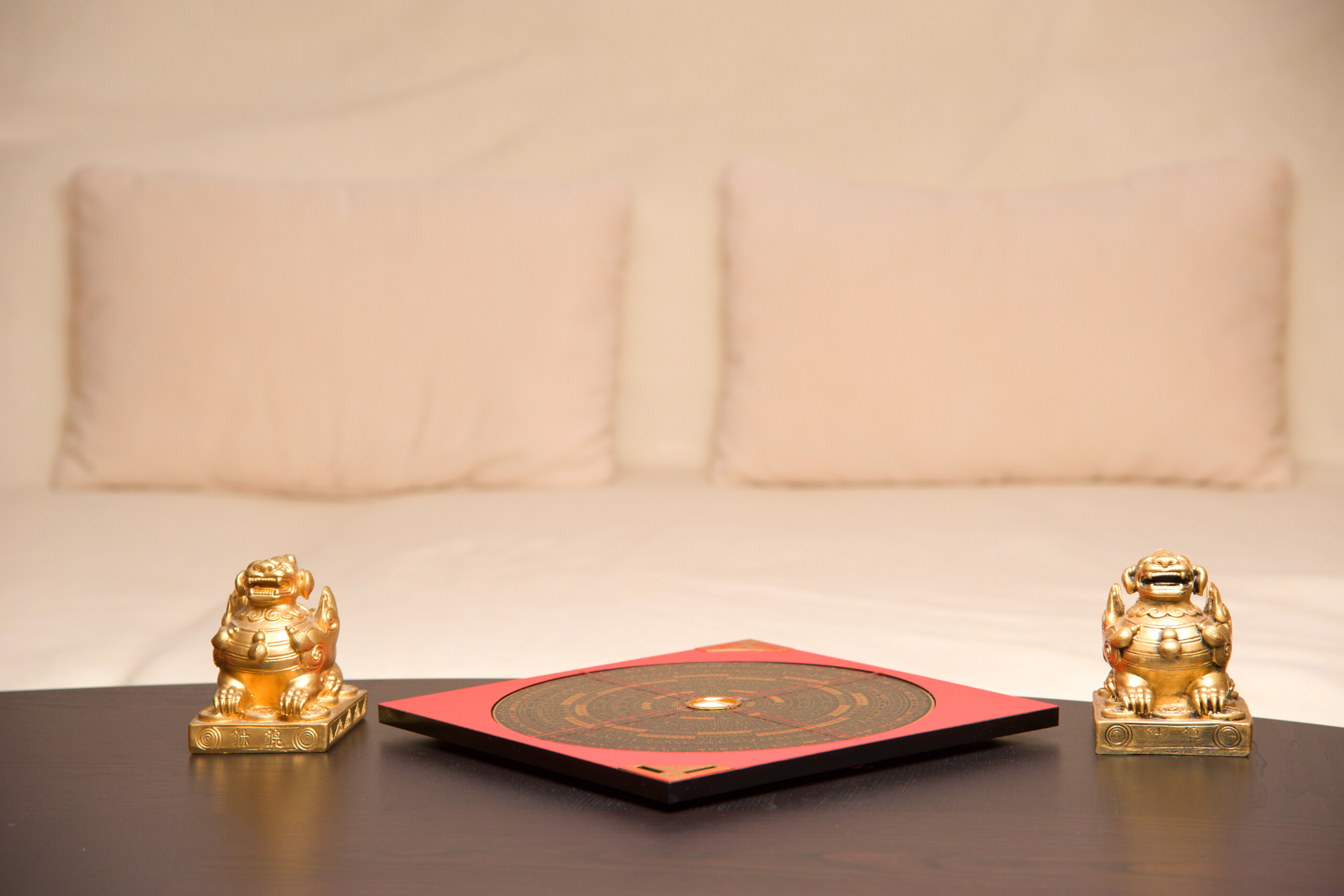Creativity is often said to be inspired by one's surroundings.
If that's the case, then why not create an environment that is specifically designed to promote creativity?
This is where Feng shui comes in.
Feng shui is an ancient Chinese practice that uses the placement of objects and the flow of energy to create harmony and balance in a space.
When applied to an art studio or workspace, Feng shui can help you to create a space that supports and inspires your creativity.
Here are some tips for creating a harmonious art space using Feng shui.

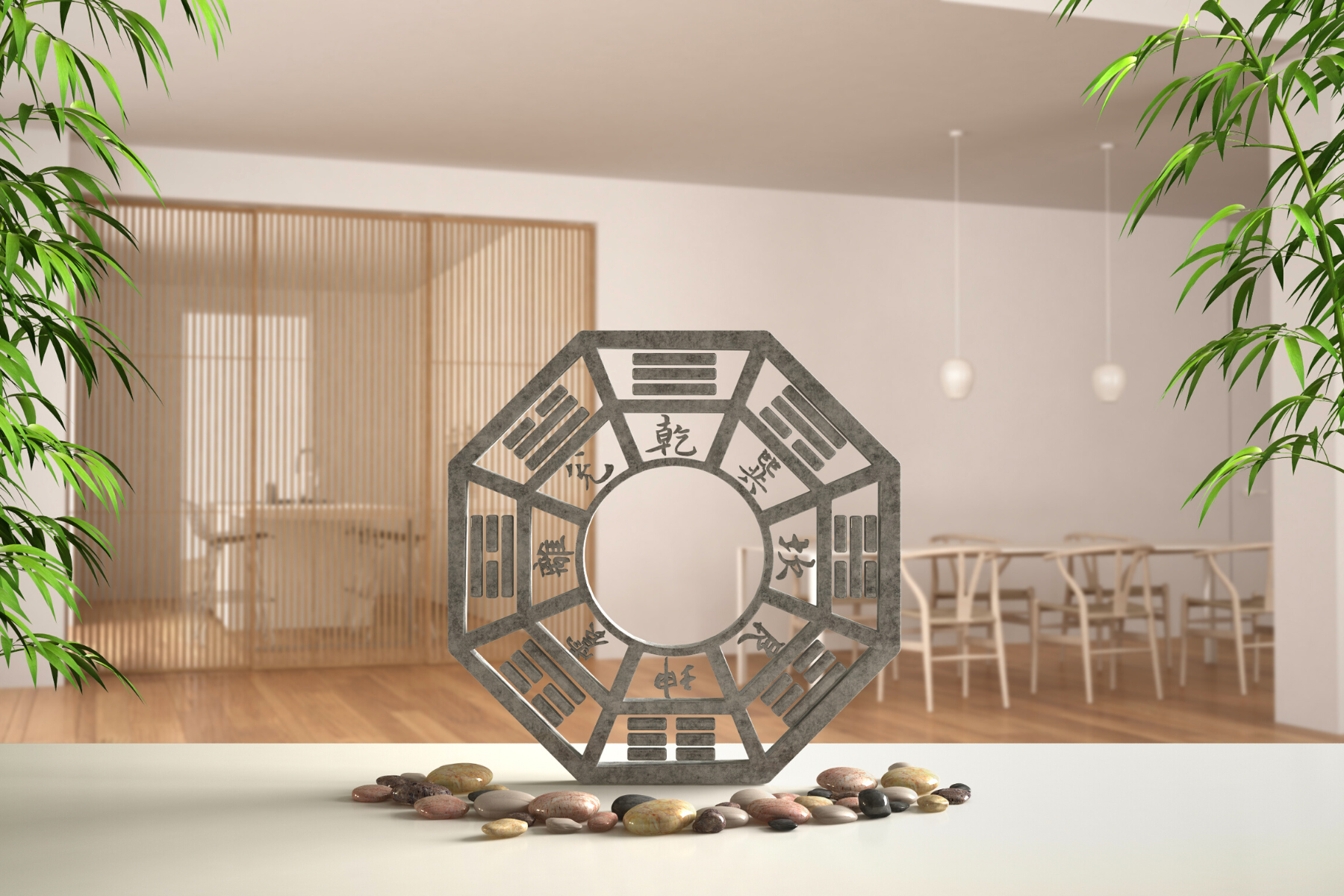
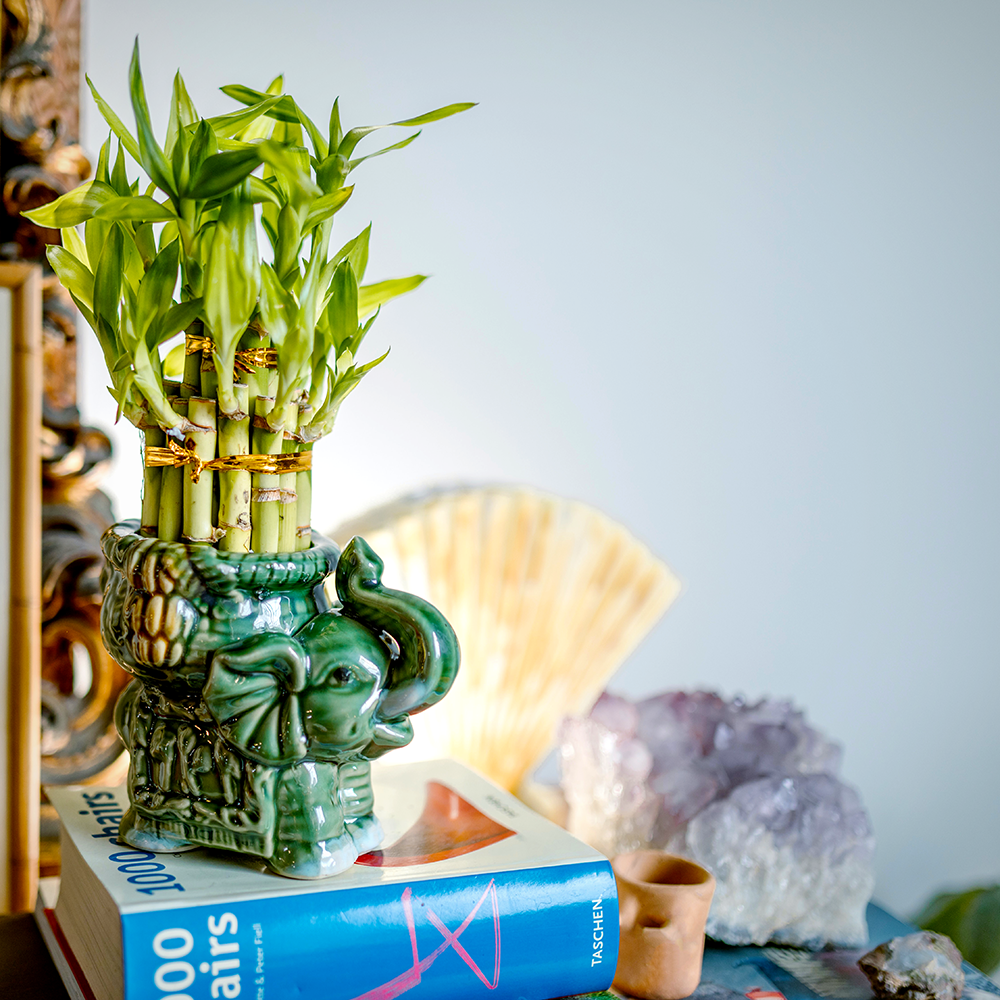
What is Feng Shui?
Feng shui is an ancient practice that uses the placement of objects and energy to create harmony and balance in a space.
It is based on the idea that all things are connected, and that energy flows through a space in specific ways.
By placing objects in certain areas and orientations, you can create an environment that will be conducive for positive growth and creativity.
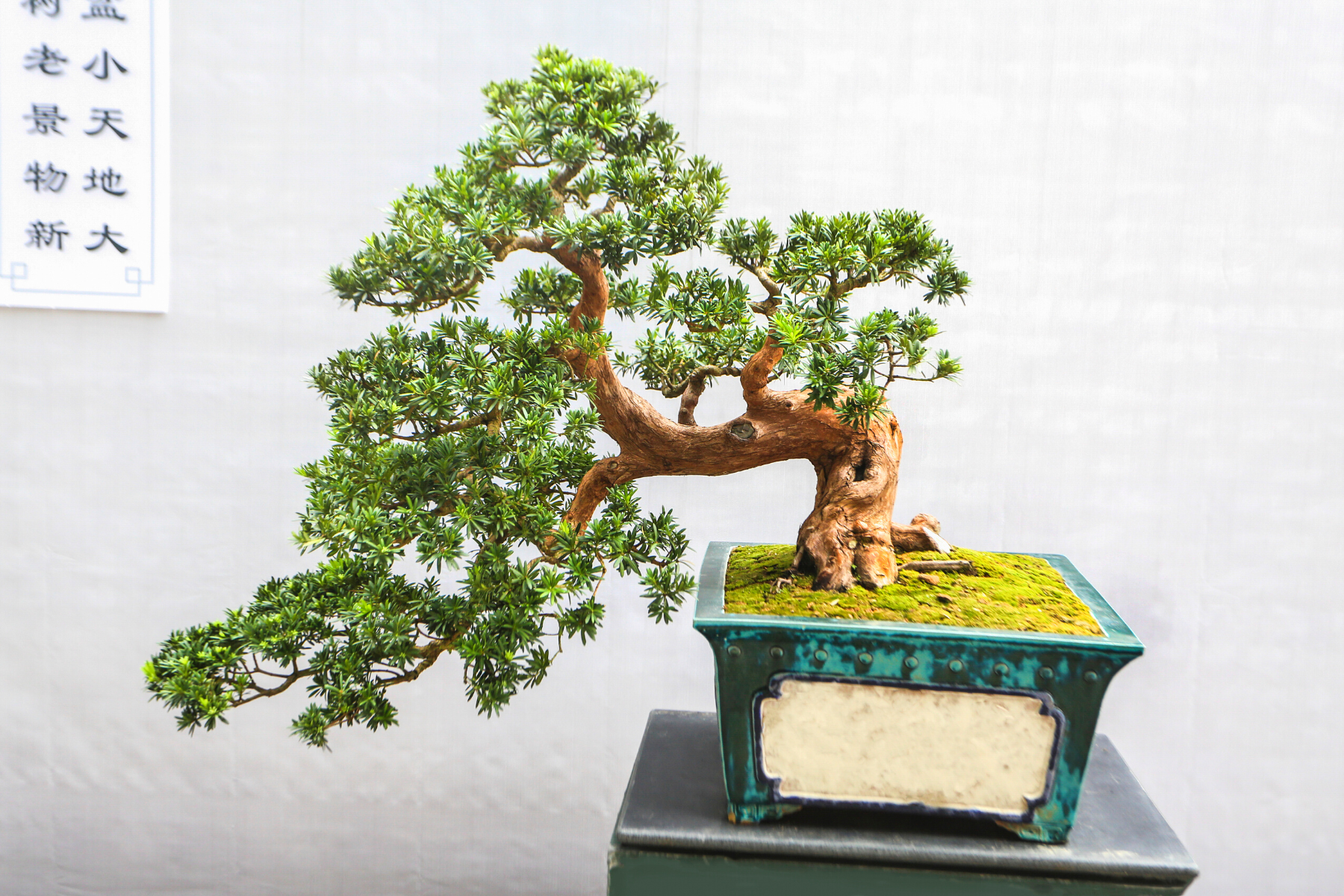
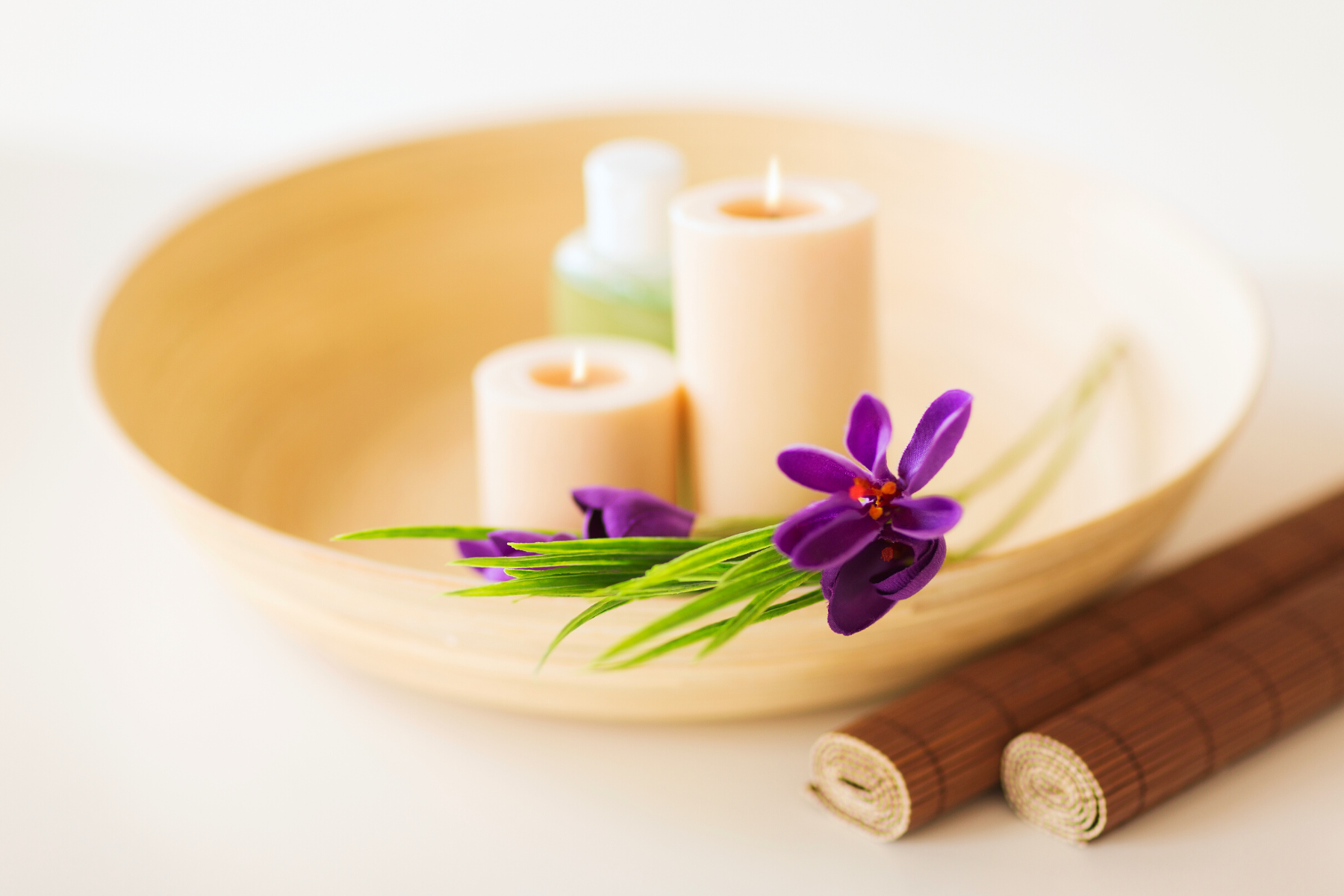
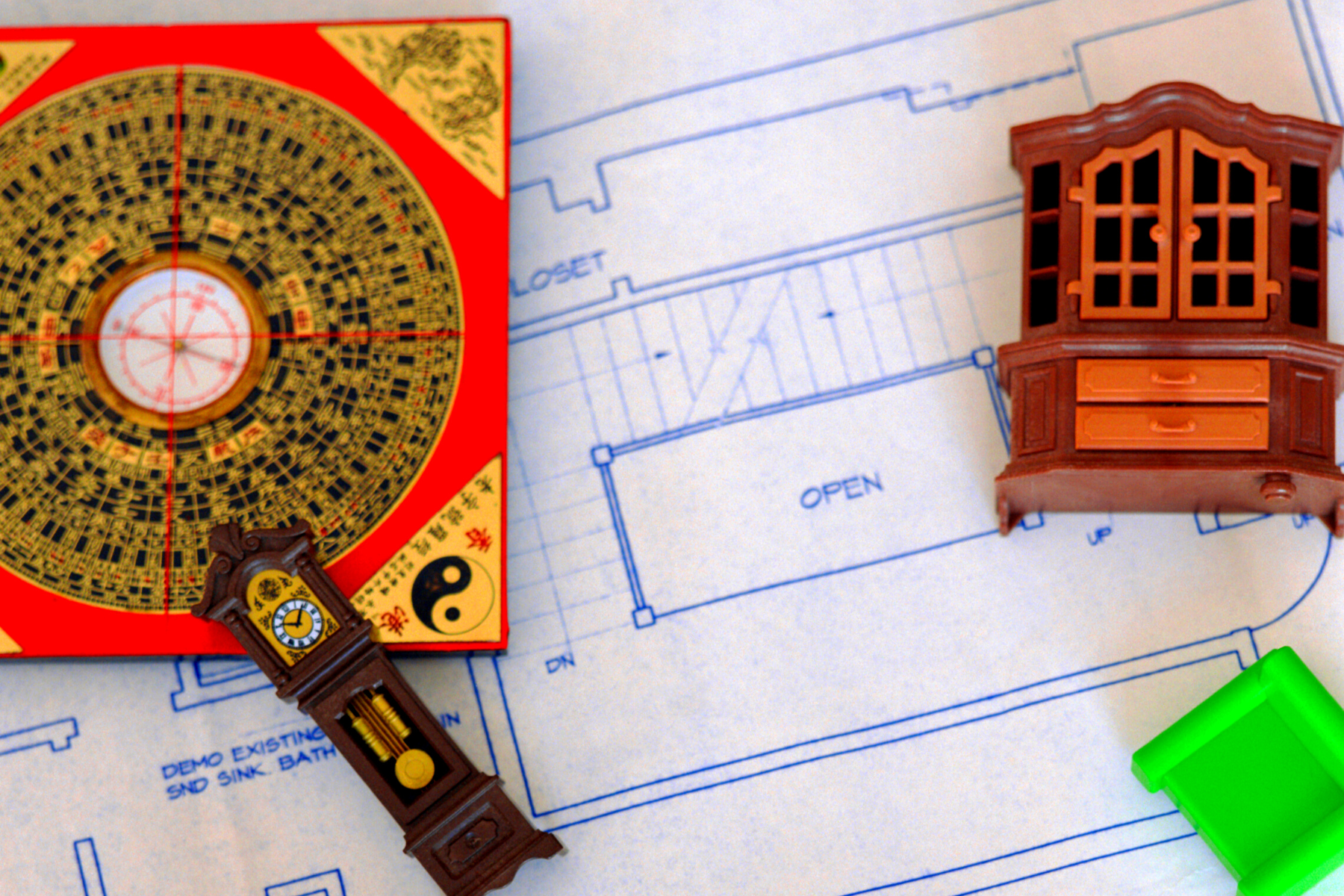
Importance of Feng Shui
Feng shui is important in an art space because it can help you create a space that encourages creativity and productivity.
When your environment is organized and harmonious, it can help you to focus your energy on the task at hand.
It also helps to create an environment that will help to spark creativity and inspiration.
The practice of Feng shui utilizes the cardinal directions and the five elements: wood, fire, earth, metal, and water.
Each element has its own specific energy and by arranging them correctly, you can create a space that is designed to support your creative endeavors.
Feng shui principles include:
- Cleansing and purifying the space with incense, music, or plants.
- Using mirrors to reflect positive energy in the room.
- Placing objects with meaningful symbolism, like a Buddha statue or candles.
- Utilizing colors and shapes to create balance and harmony.
- Taking advantage of natural elements like sunlight, wind, and water to create a calming atmosphere.
When creating home Feng shui, it's important to remember that it should be tailored to suit your individual needs and preferences.
Incorporate feng shui to achieve harmony and good energy.
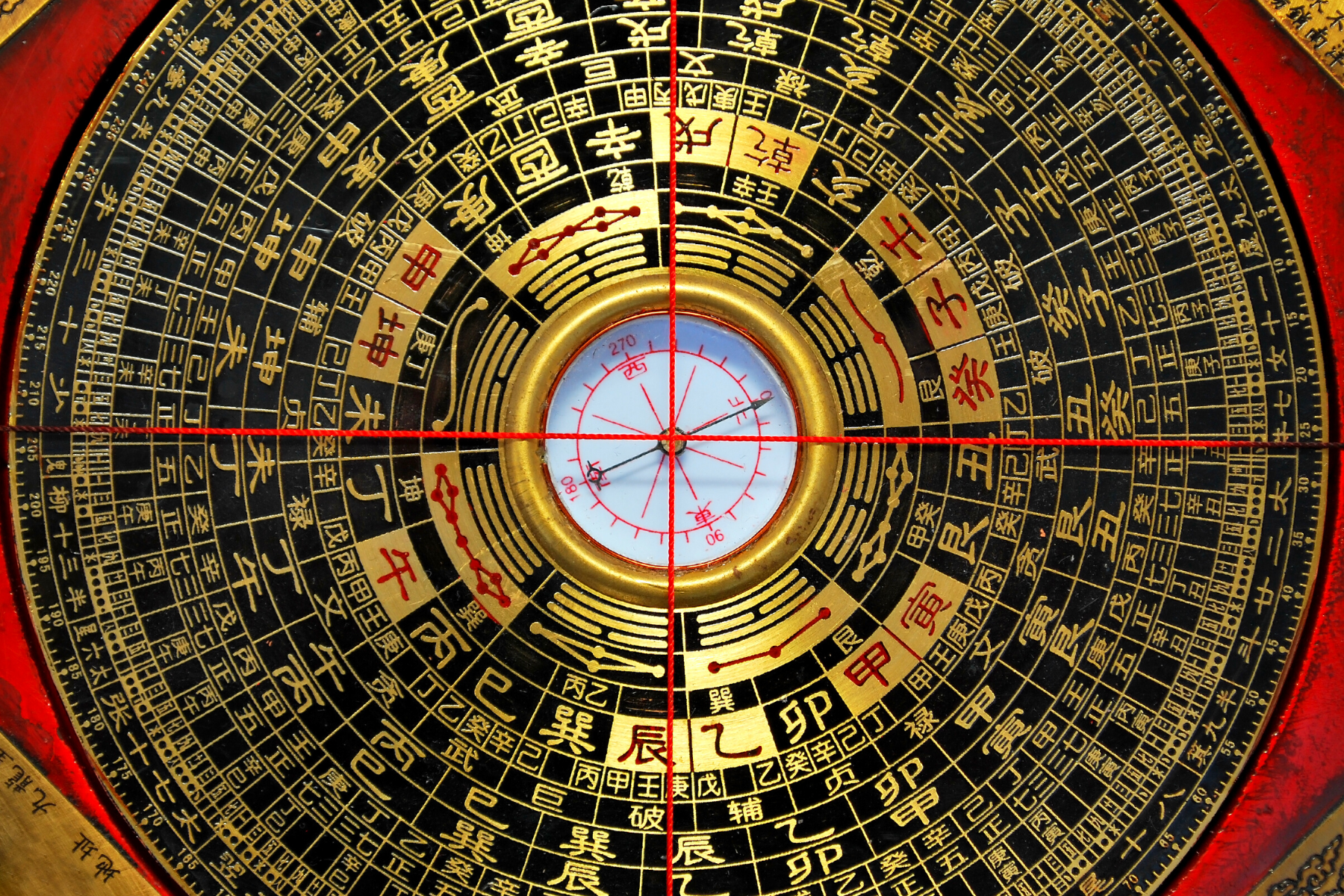
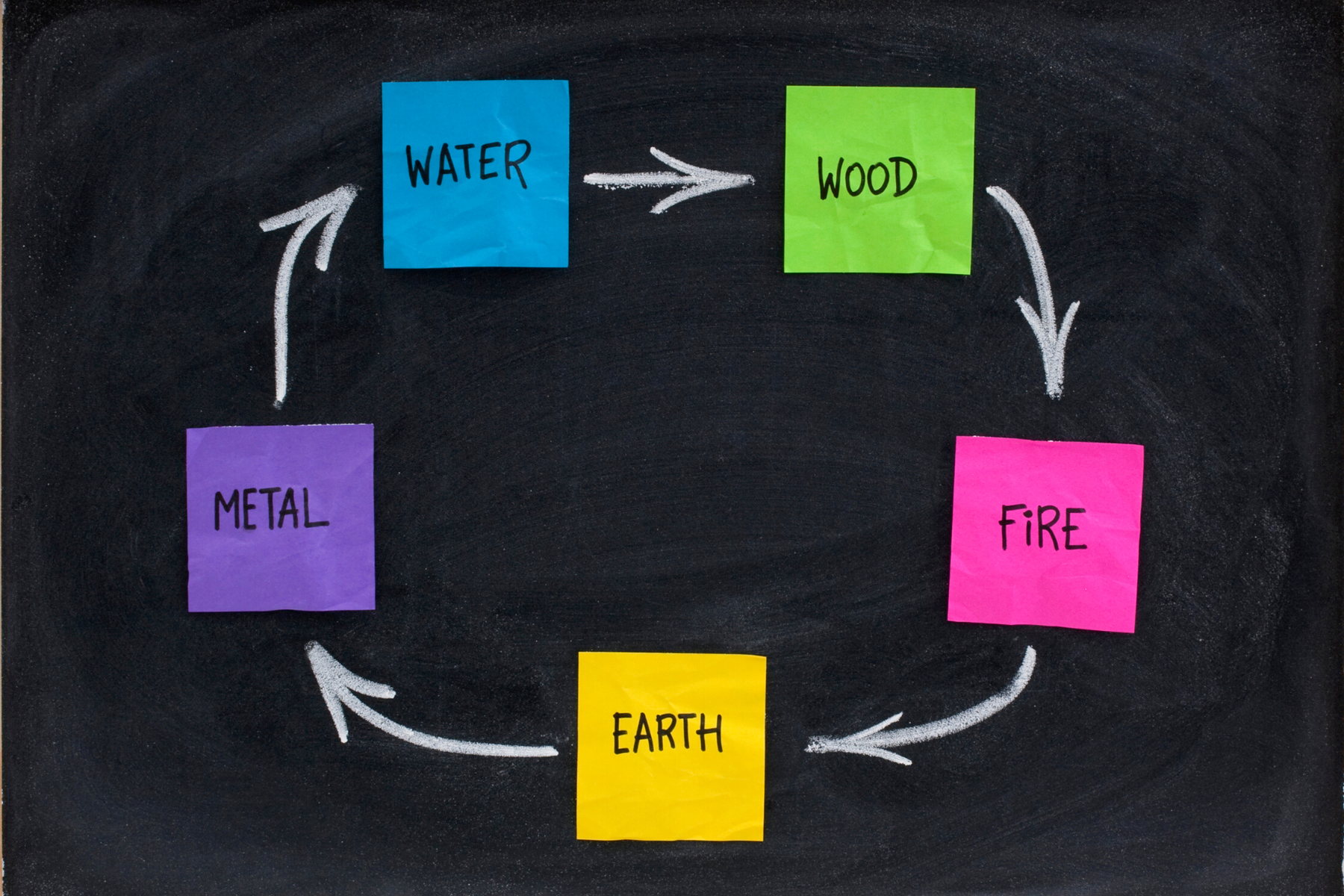
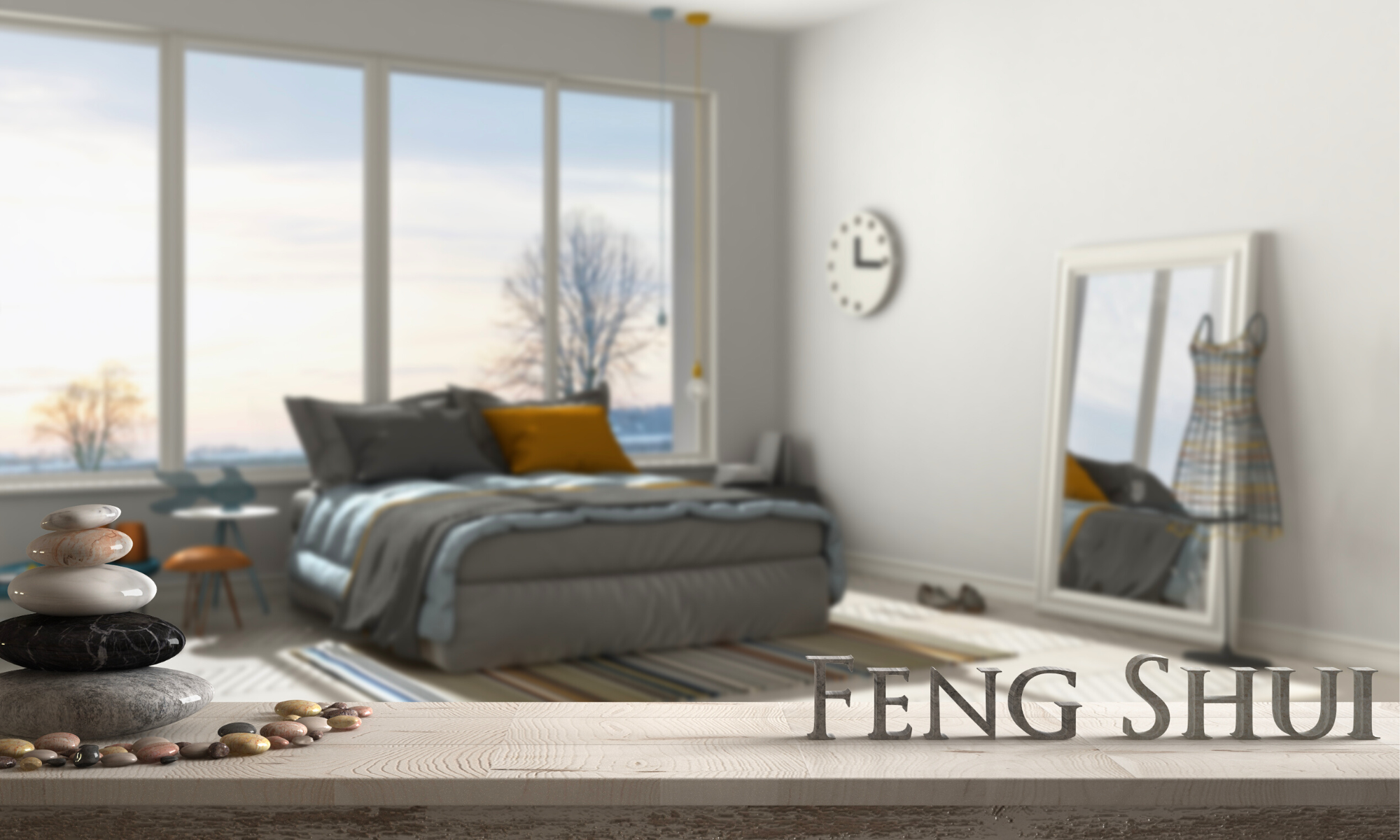
How to Apply Feng Shui
When applying Feng shui to an art space, it is important to consider the flow of energy in the room.
Start by assessing the space and considering how energy will move through it.
Think about the colors that are used, the items that are placed in the room, and how they can be arranged to best promote creativity.
When choosing objects for the space, focus on items that represent your goals and aspirations.
Incorporate plants and water features to create balance and harmony in the space.
By taking the time to create a harmonious and balanced space, you can ensure that your art space will be conducive to creativity and productivity.
Whether you are a professional artist or simply looking for a creative outlet, proper, good Feng shui can help to ensure that your art space is one that will inspire and motivate you.
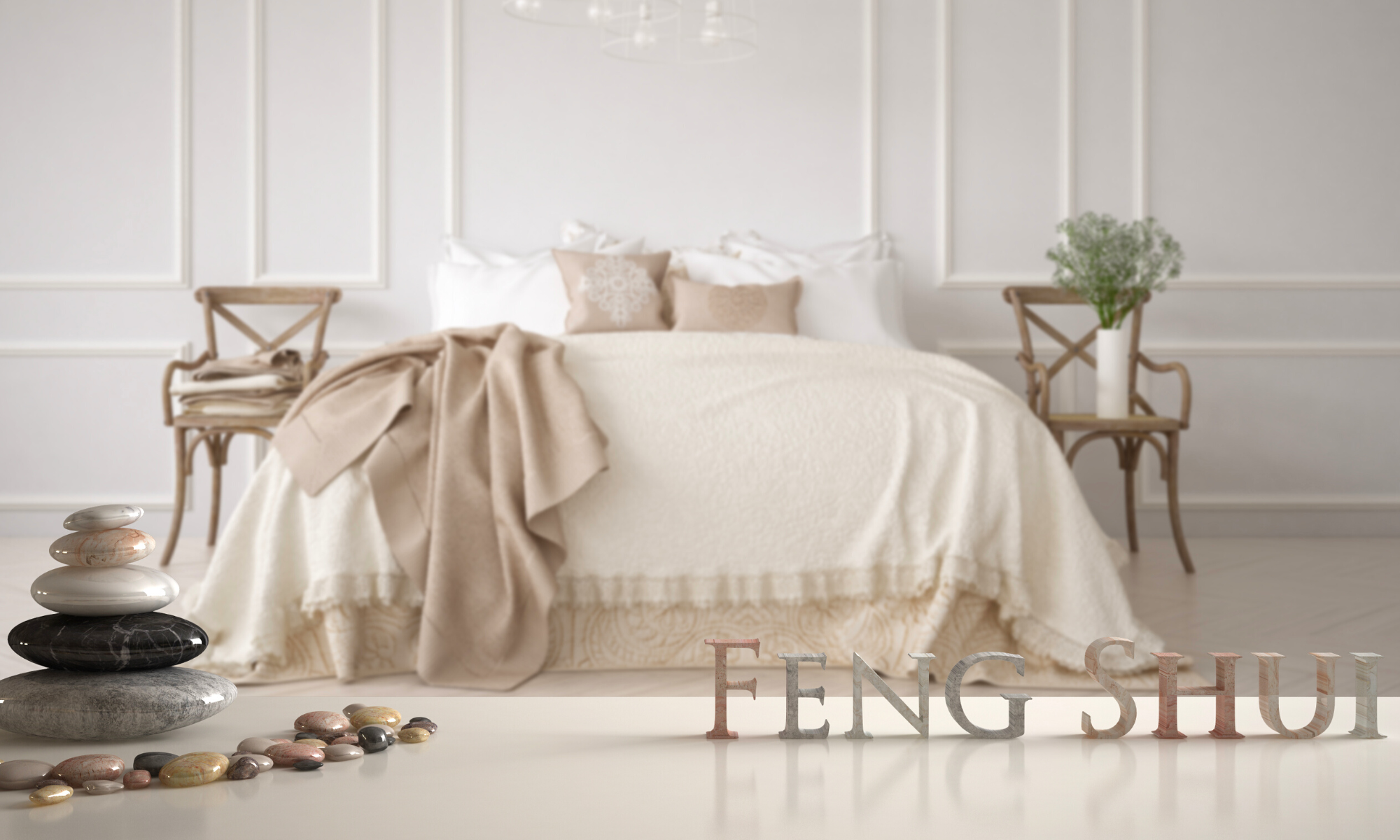
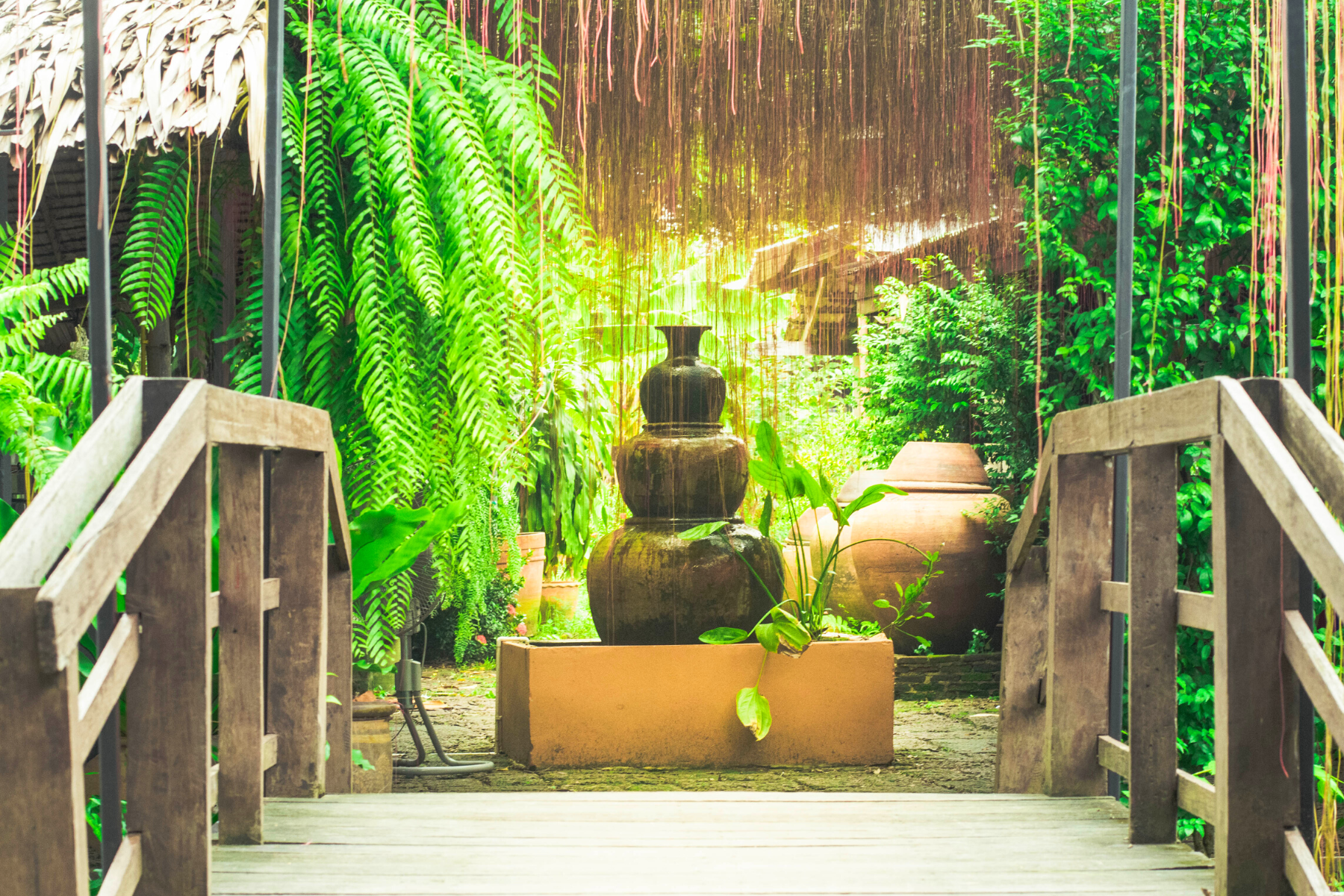
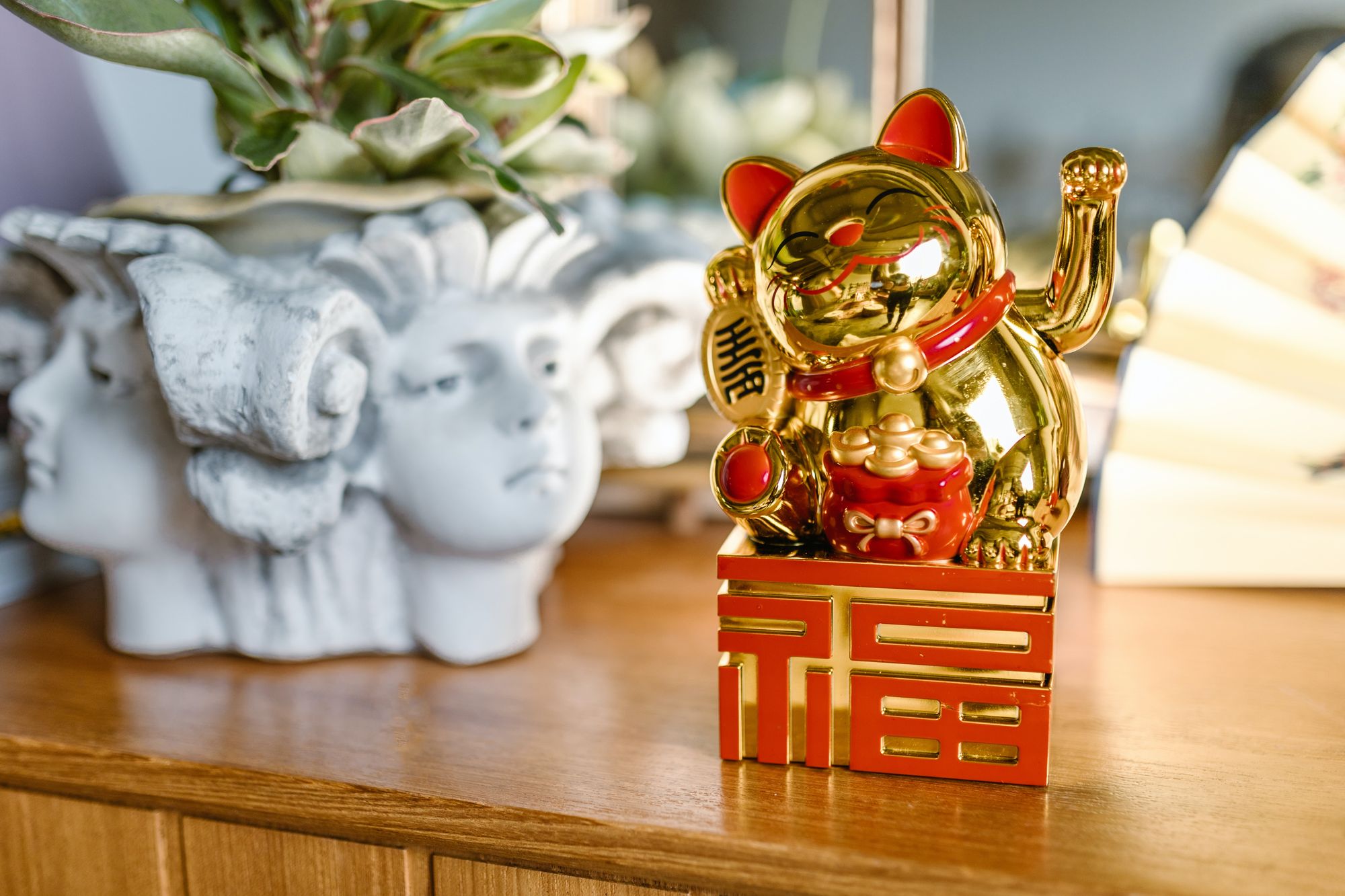
Using Feng Shui for Art and Creativity
When using Feng shui for an art space, the focus should be on creating a balanced and harmonious environment.
Some key elements of using Feng shui for art include:
• Using vibrant colors to energize the space.
• Including objects that represent your goals.
• Adding mirrors to reflect the energy of the room.
• Incorporating plants and water features for balance and harmony.
• Using crystals to promote positive energy flow.
• Minimizing clutter and promoting order.
By following these tips, you can create a space that has better Feng shui and is conducive to creativity and productivity.
Make sure to take your time when creating the space, and be mindful of the energy flow in the room.
You can even consult with a Feng shui expert or certified Feng shui consultant and practitioner to make sure that your space is properly balanced.
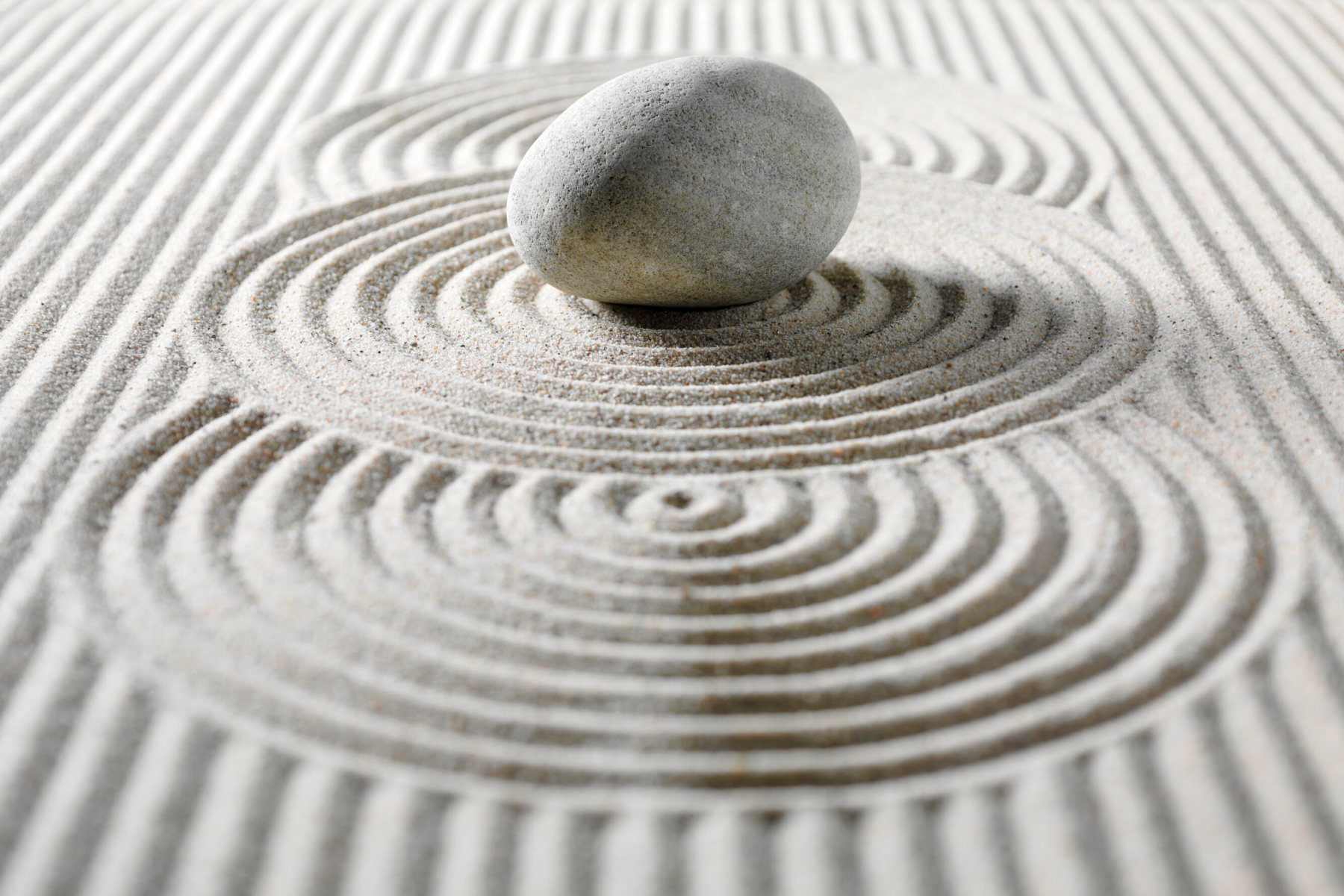
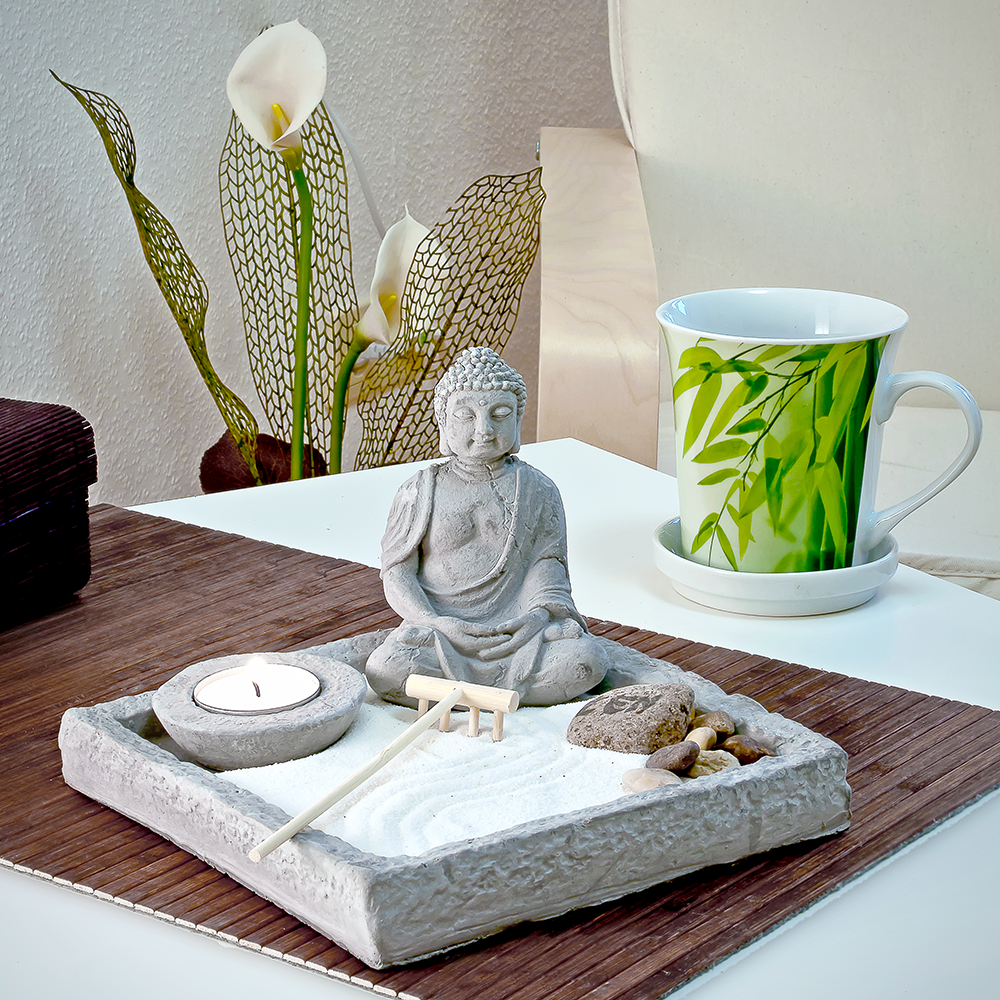
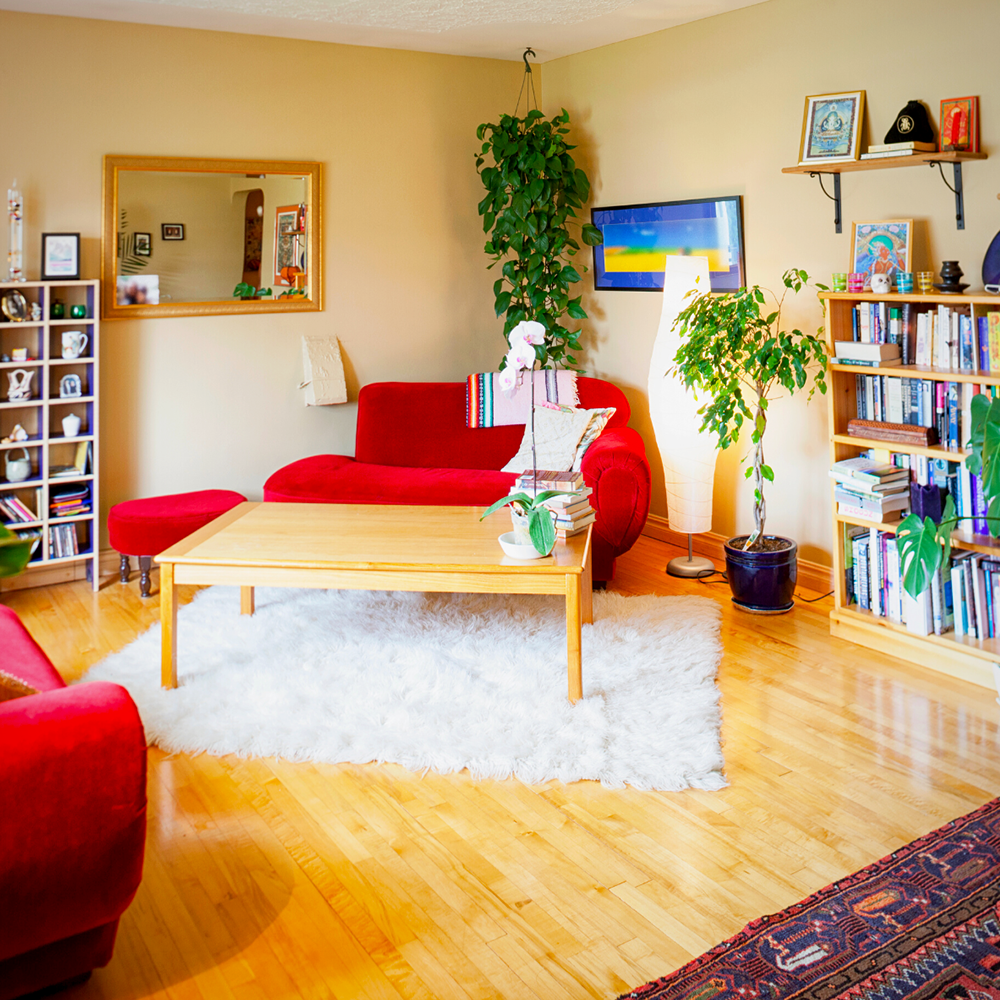
Tips for A Creative Space with Feng Shui
We've discussed the impact Feng shui can have on creative spaces.
Now, let's take a look at some specific tips you can use to create good Feng shui for an inspiring art studio or workspace:
1. Choose a location for your studio that promotes good chi flow.
Chi is the life force energy that flows through all living things.
When selecting a location for your studio, choose a spot that has good chi flow.
This means avoiding locations that are cluttered or have negative energy associated with them.
For example, if you're setting up shop in an apartment, try to avoid the basement or any rooms that face the street (which can be full of noise and pollution).
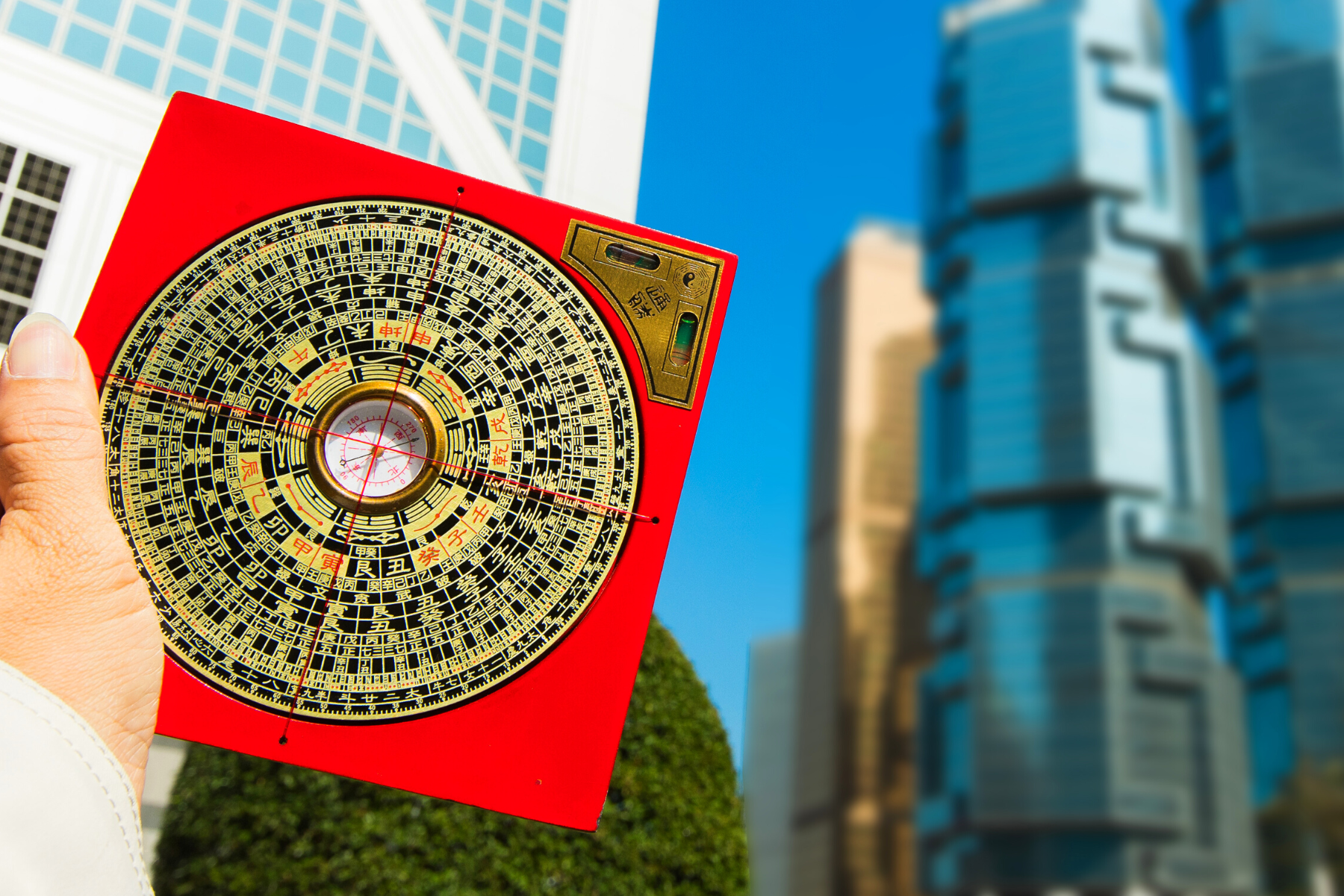
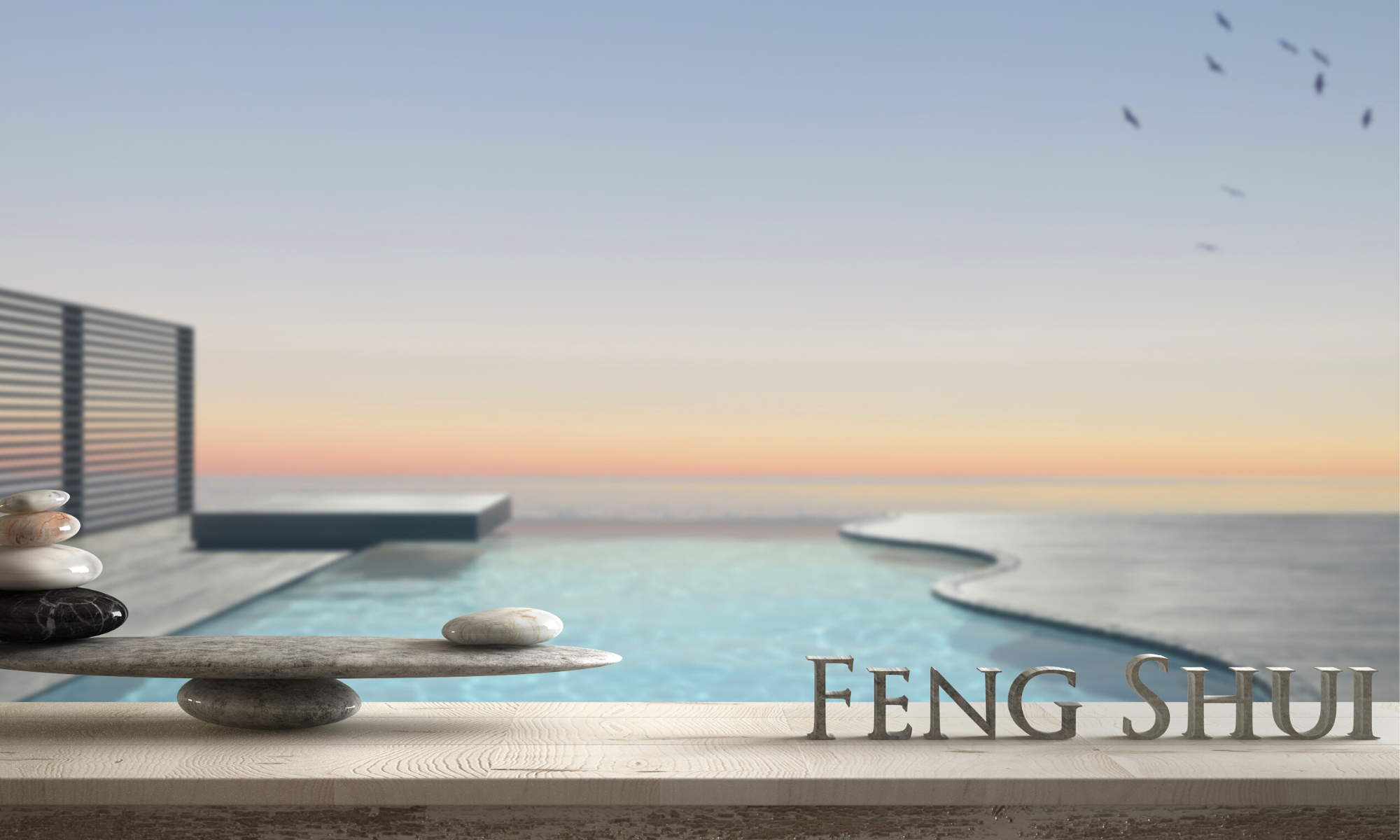
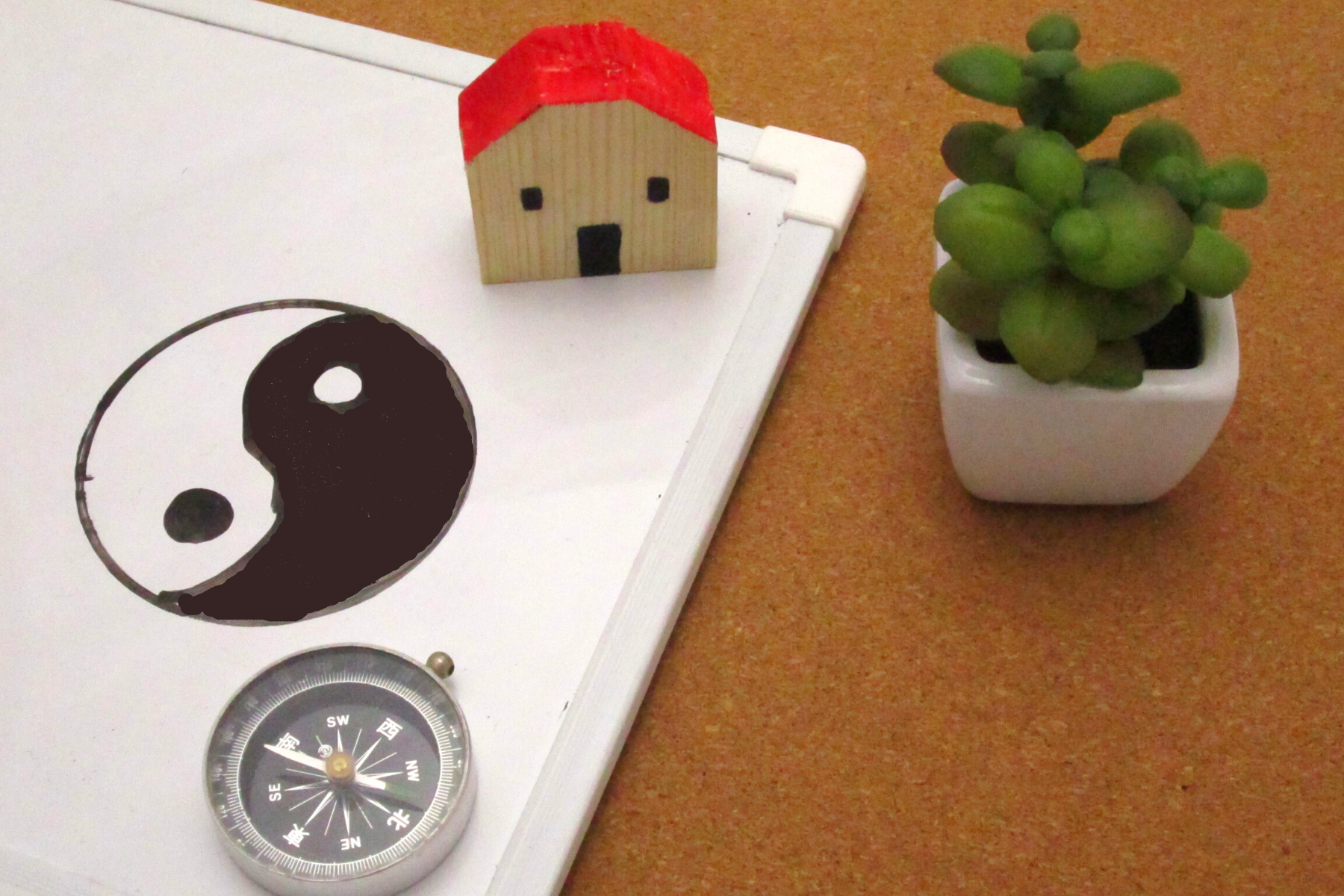
2. Incorporate the five elements into your space.
The five elements in Feng shui are wood, fire, earth, metal, and water.
Each element has its own set of properties and associations.
You can incorporate the five elements into your space by using colors, textures, and materials that represent each element.
For example, if you want to bring some "fire" into your studio, you could use red paint or candles to do so.
Include plants and water features because water and plants embody life energy.
Plants and water features can help to create balance in the space and promote positive energy flows.
Incorporating plants into your art studio is not only aesthetically pleasing, but it can also help to reduce stress and promote creativity.
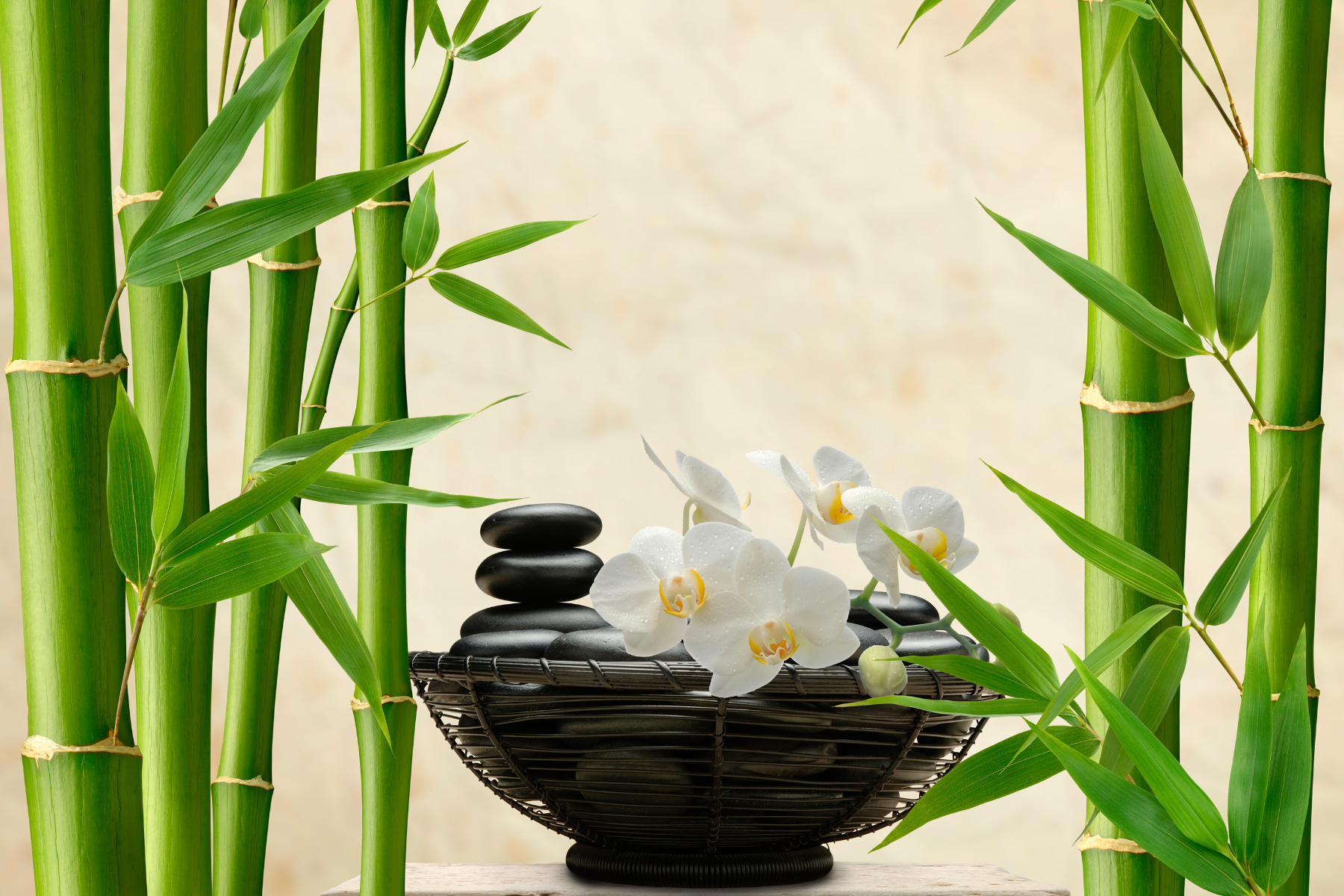
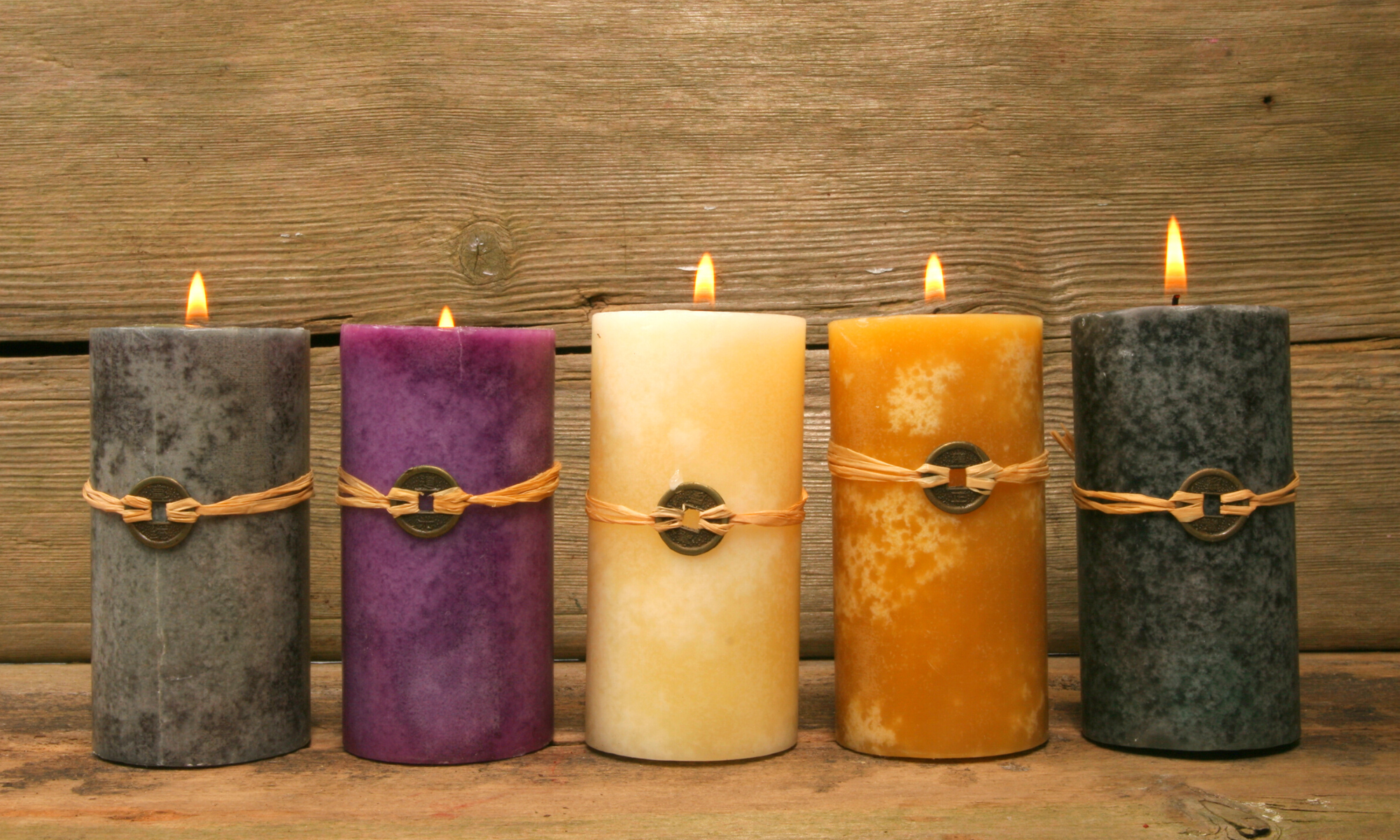
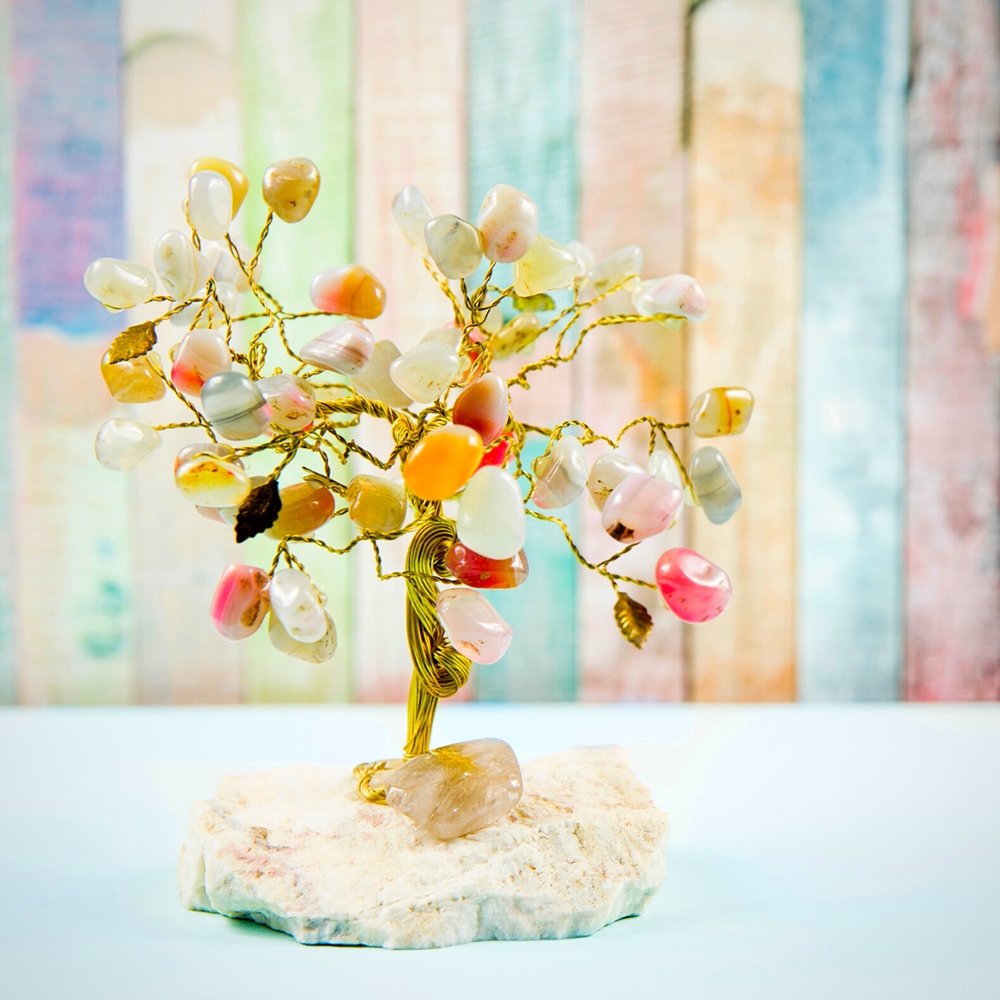
3. Create a layout that encourages creativity and productivity.
The layout of your studio should be such that it encourages creativity and productivity.
This means having everything within easy reach and arranging your furniture in a way that allows for good chi flow throughout the space.
For example, you might want to keep your desk near the window so that you can take advantage of natural light while you work.

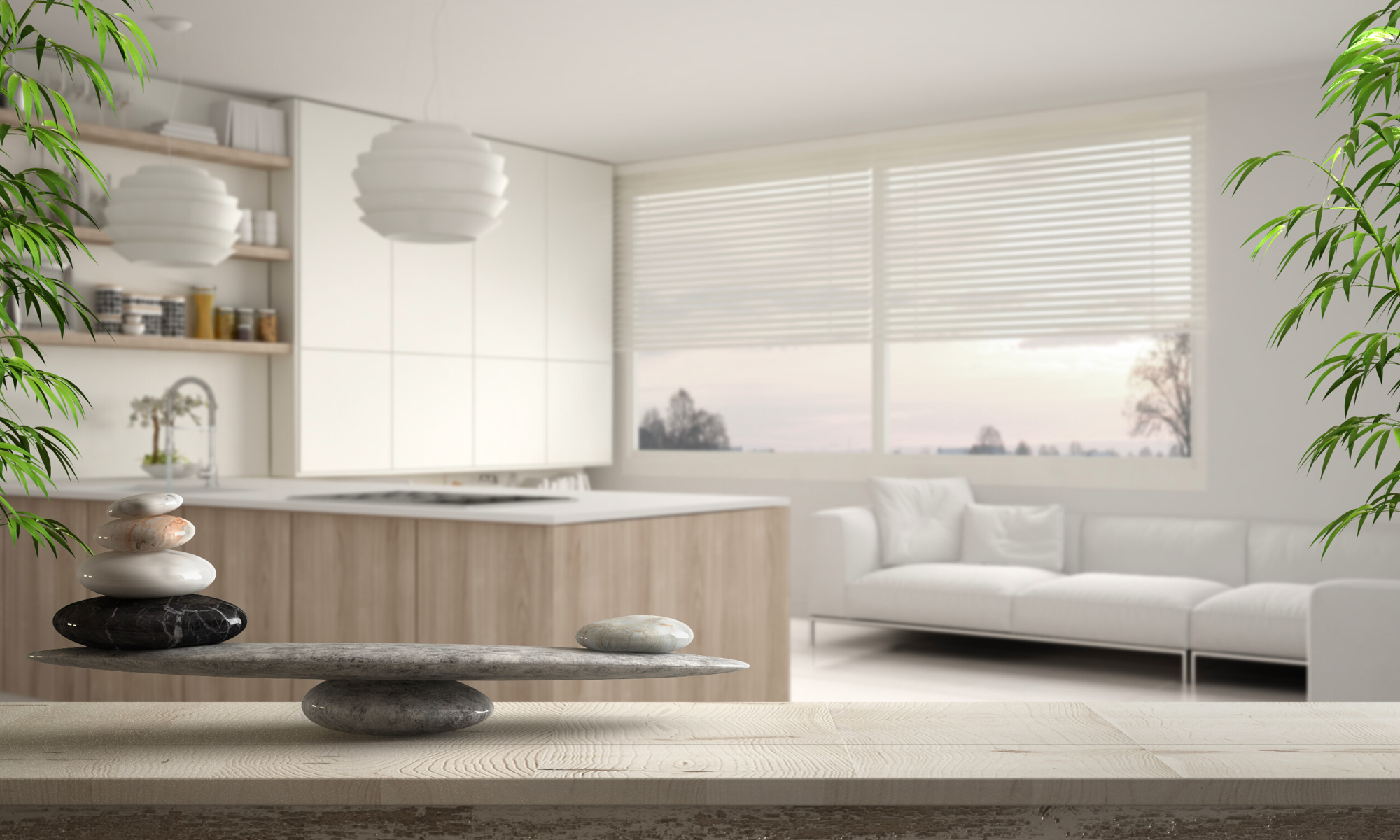
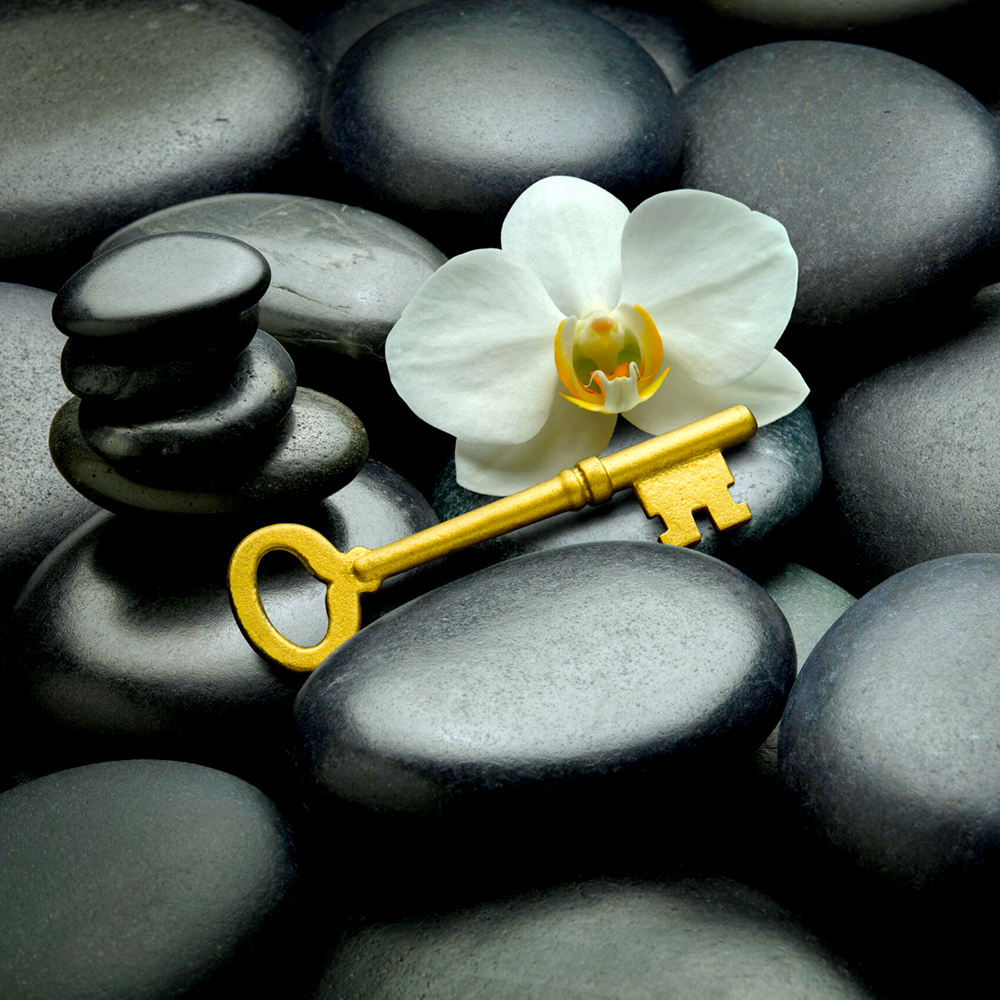
4. Choose items that reflect your goals and aspirations.
When choosing furniture and décor for your studio, select items that reflect your goals and aspirations.
For example, if you're an illustrator, you could choose a desk that looks like a drawing table or incorporate art books into your décor.
This will help to remind you of why you're creating and spur your creativity.

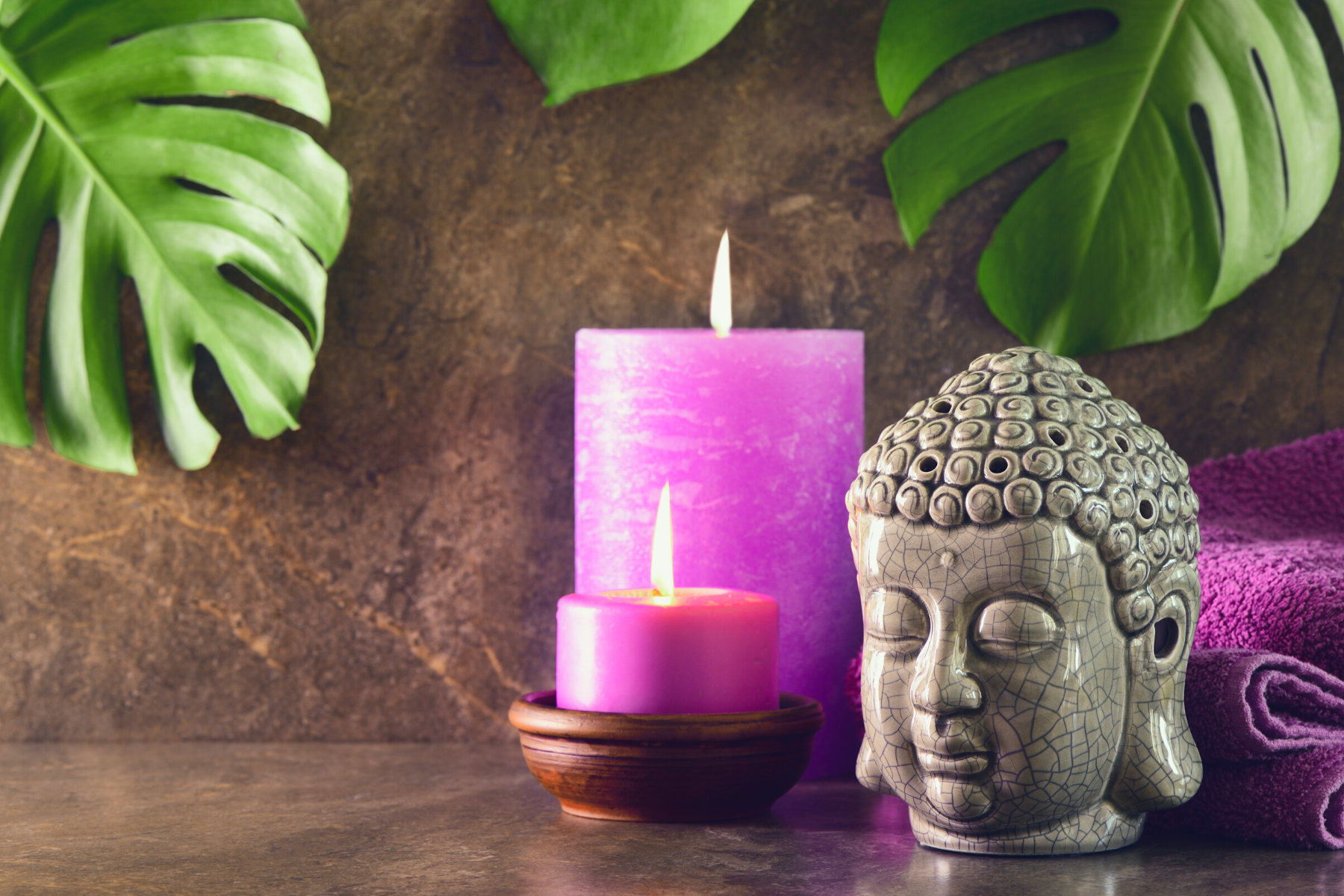
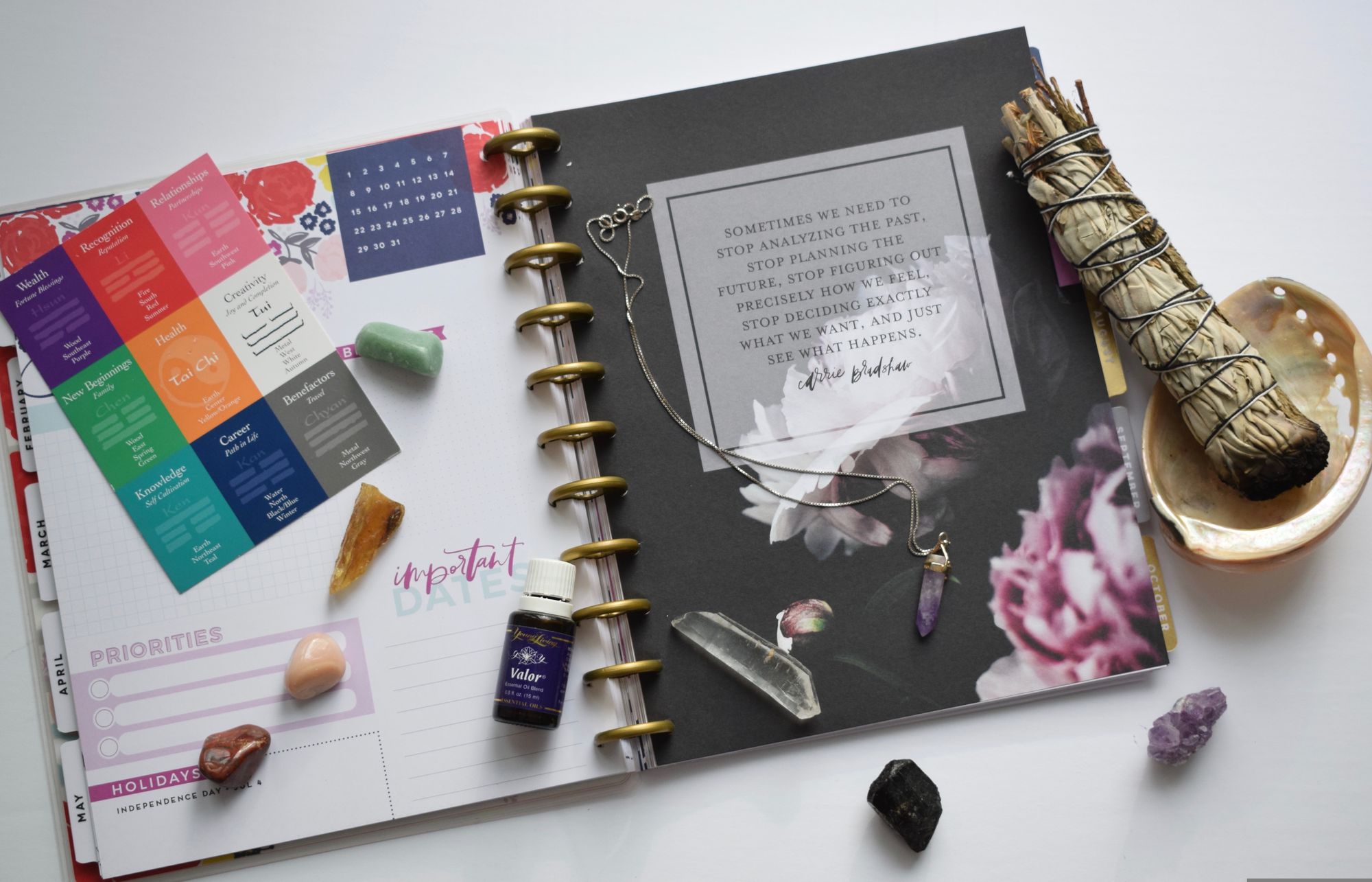
5. Hang artwork that inspires you.
Finally, hang artwork around the studio that will inspire you and motivate you to work.
You can choose pieces that reflect your own work, or you can hang pieces from other artists that you admire.
The artwork should energize the space and provide a source of inspiration.
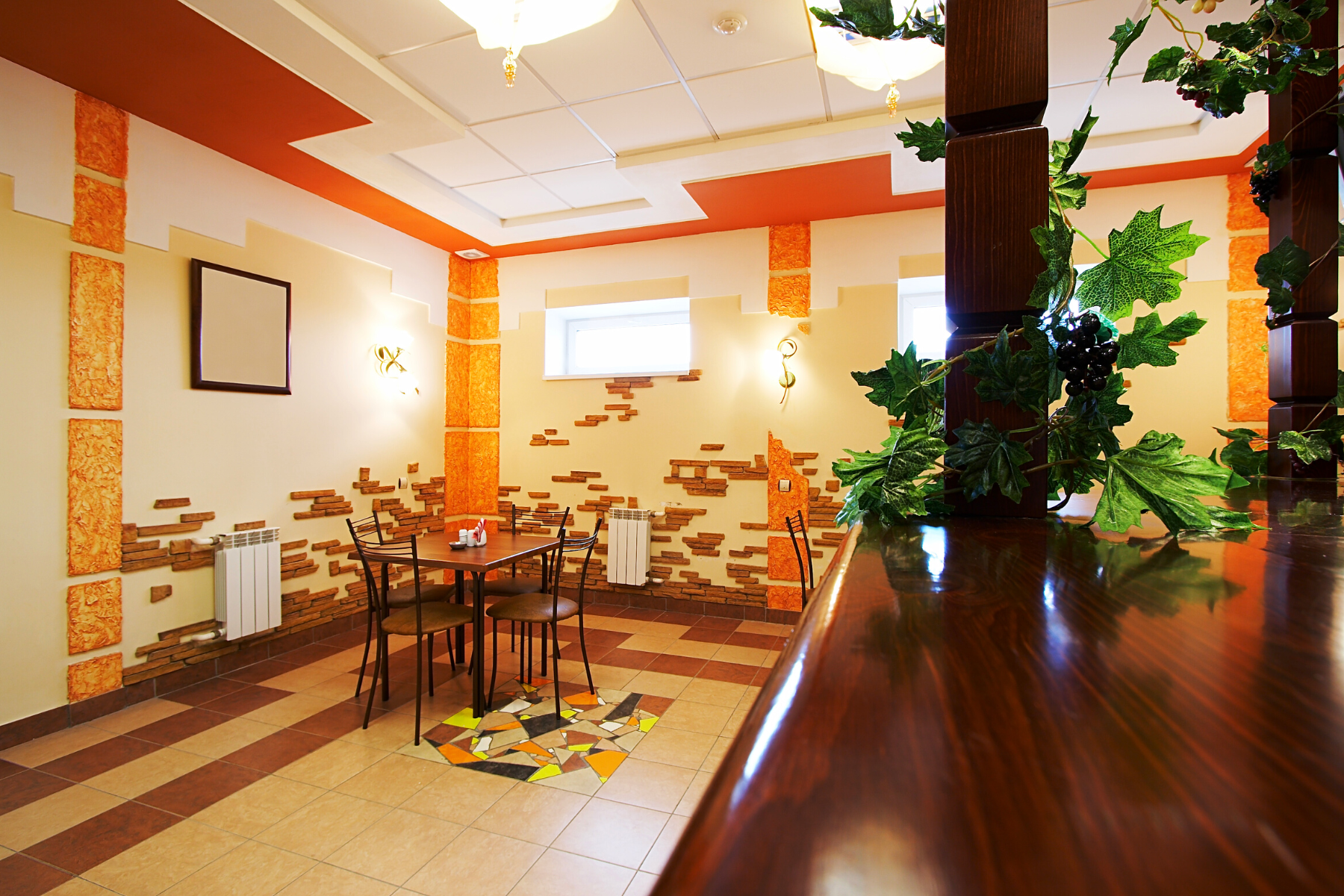
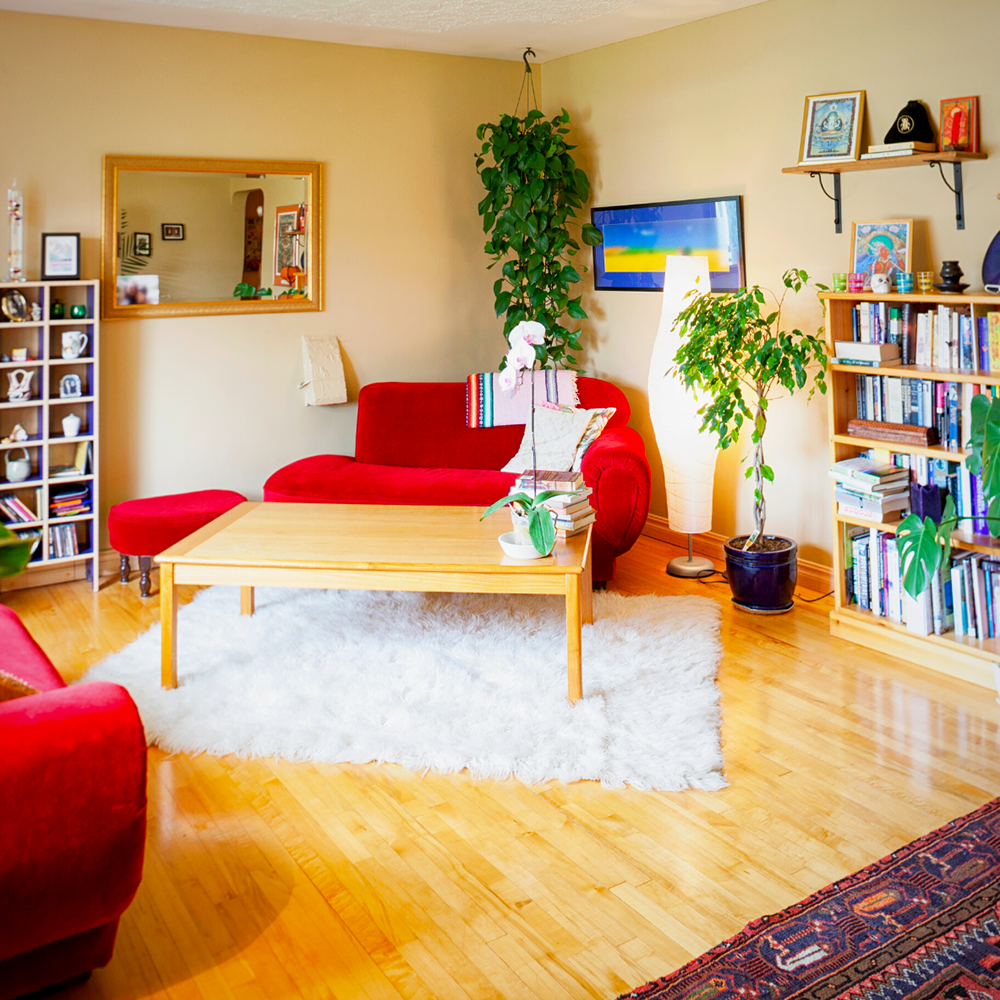
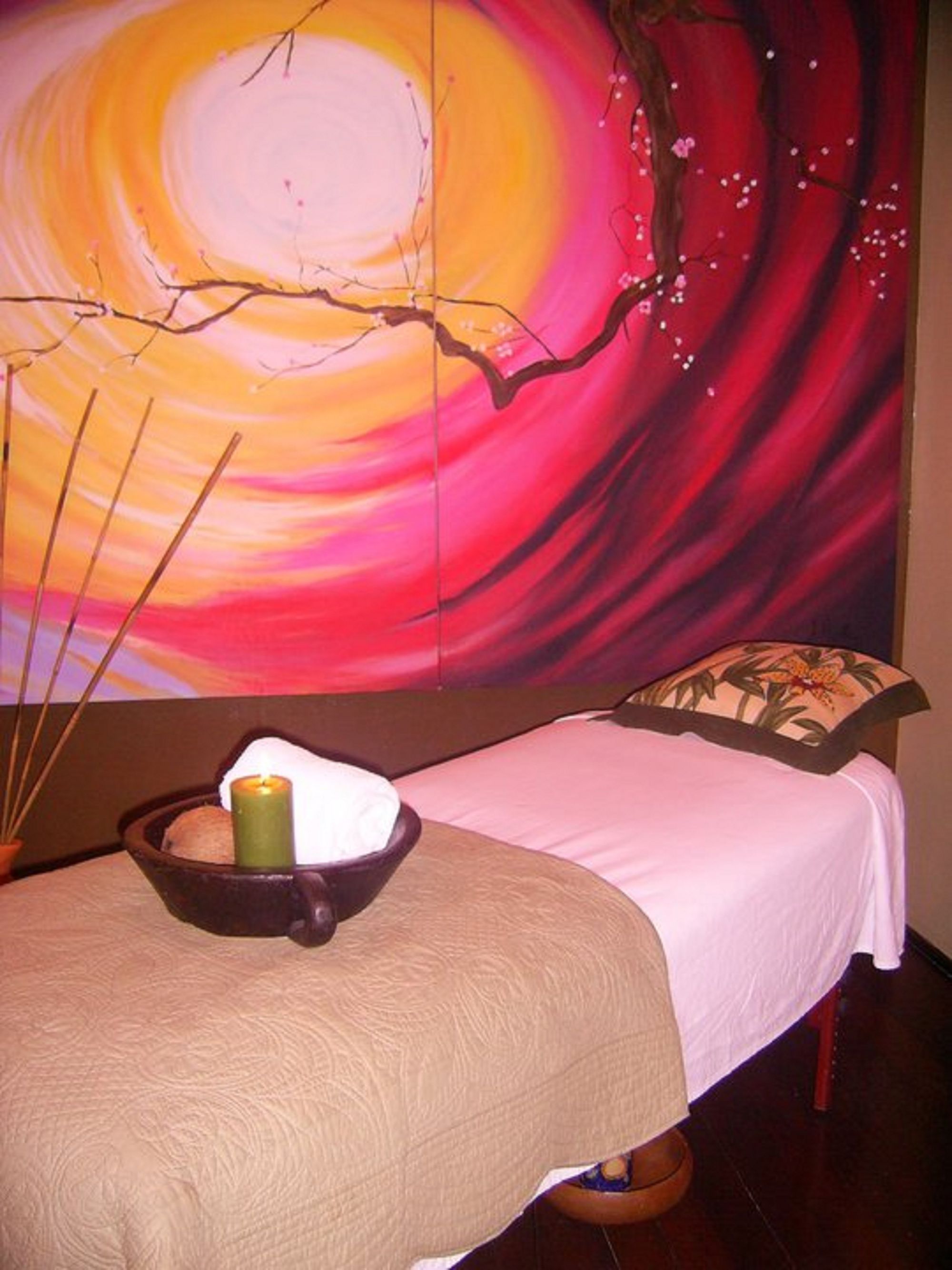
Creating with Feng Shui
Feng shui can be a powerful tool for creating an inspiring and productive workspace.
By incorporating the five elements, minimizing clutter, and choosing items that reflect your goals, you can create a creative space that is conducive to success.
With these tips, you'll be well on your way to a art space that is beautiful, functional, and conducive to creativity and productivity; you'll create a place where creativity can flourish!
Remember to take your time when creating the space and be mindful of the energy flow in the room.
Your artwork will be sure to shine in an environment that is filled with positive energy!
So, what are you waiting for?
Get started on creating your very own Feng-shui-filled art space today!
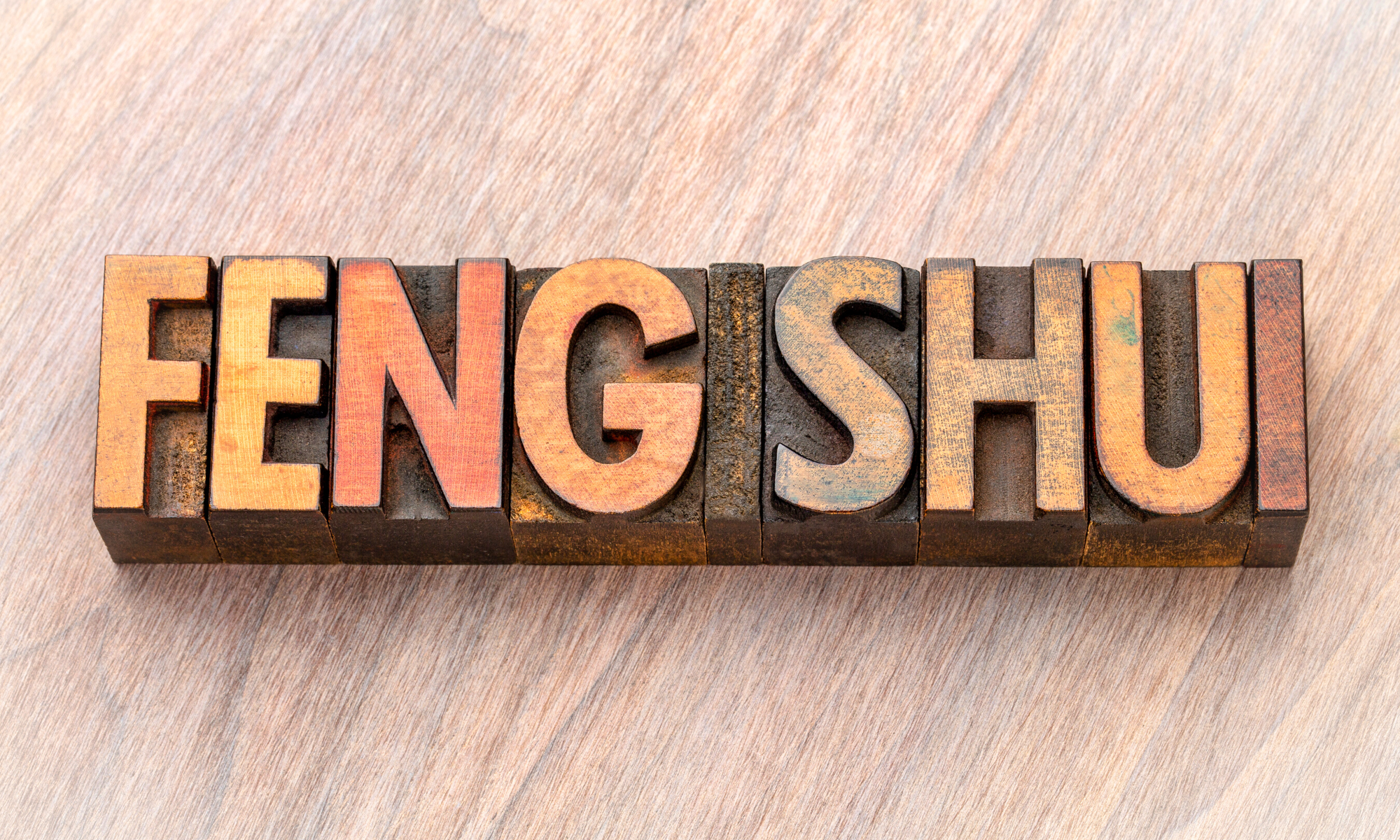
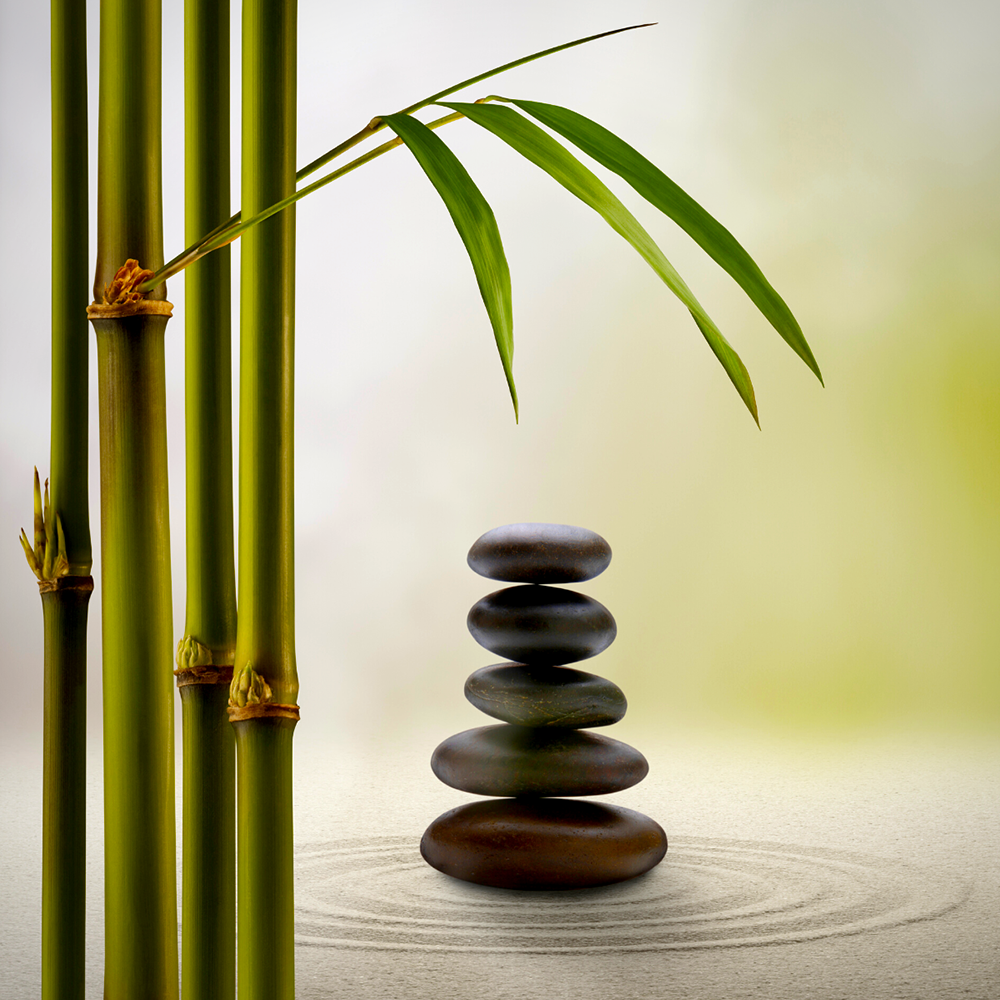
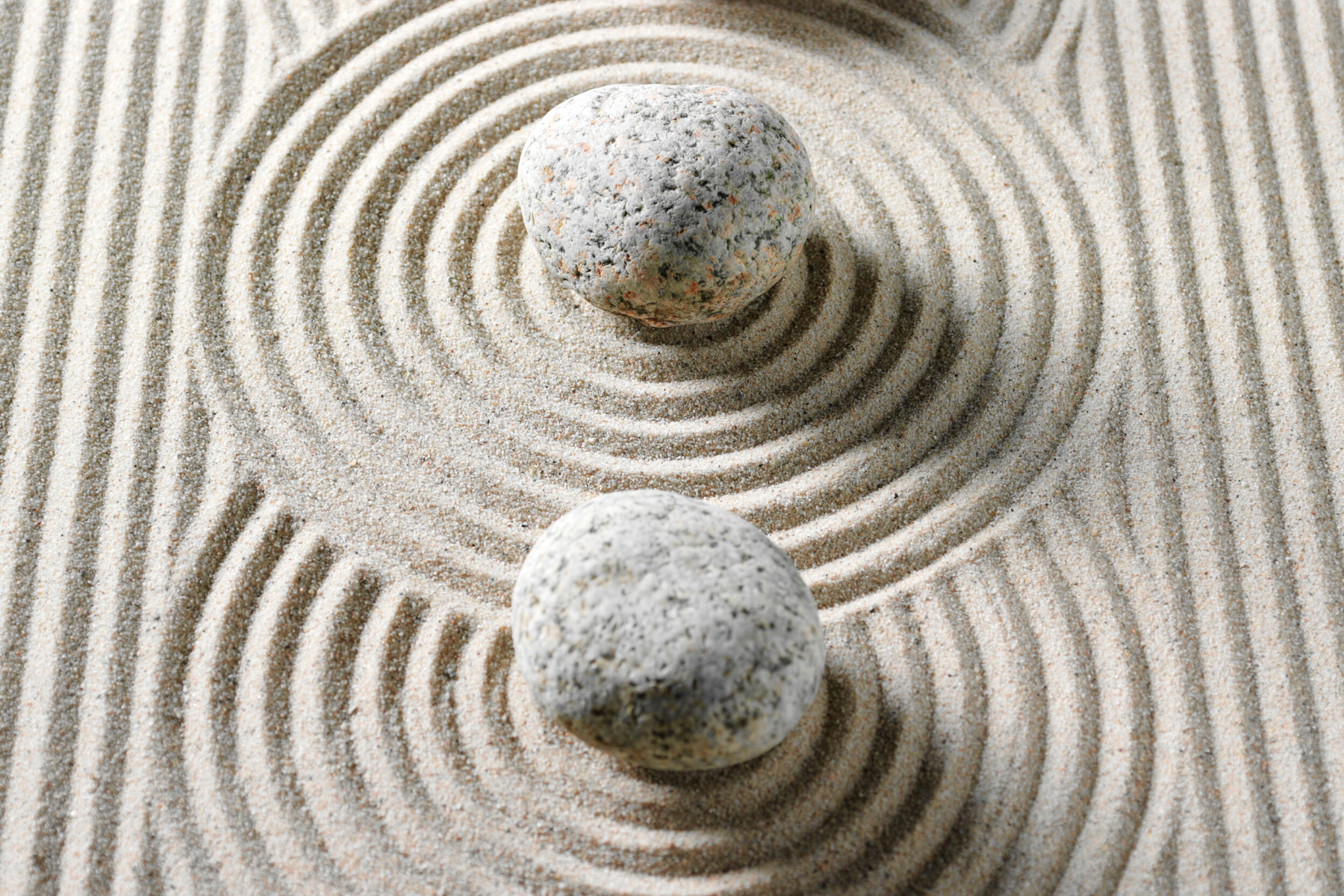
Want to learn more about Feng shui? Check out The Chen Dynasty's video!
Want even more content about creativity and art?
Be sure to check out all of our creative chronicles!
Want to learn more about art?
Check out some of our other art guides:
